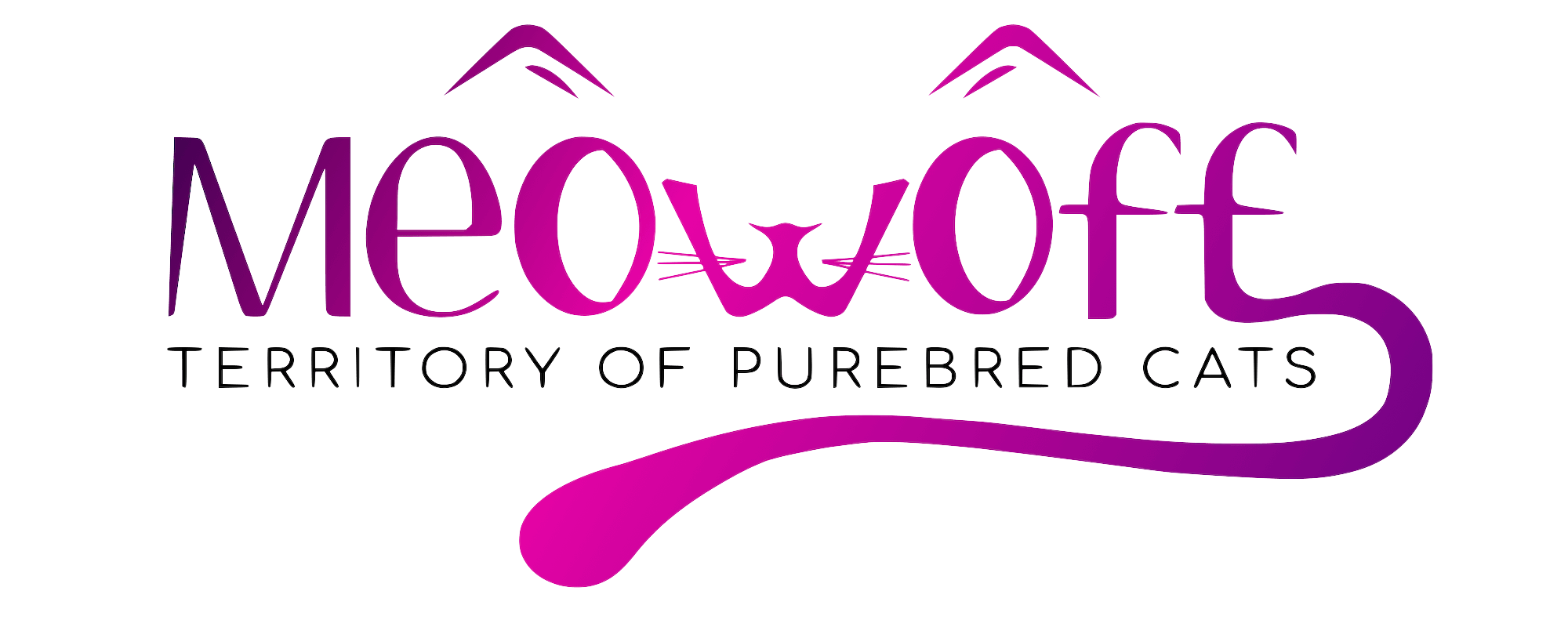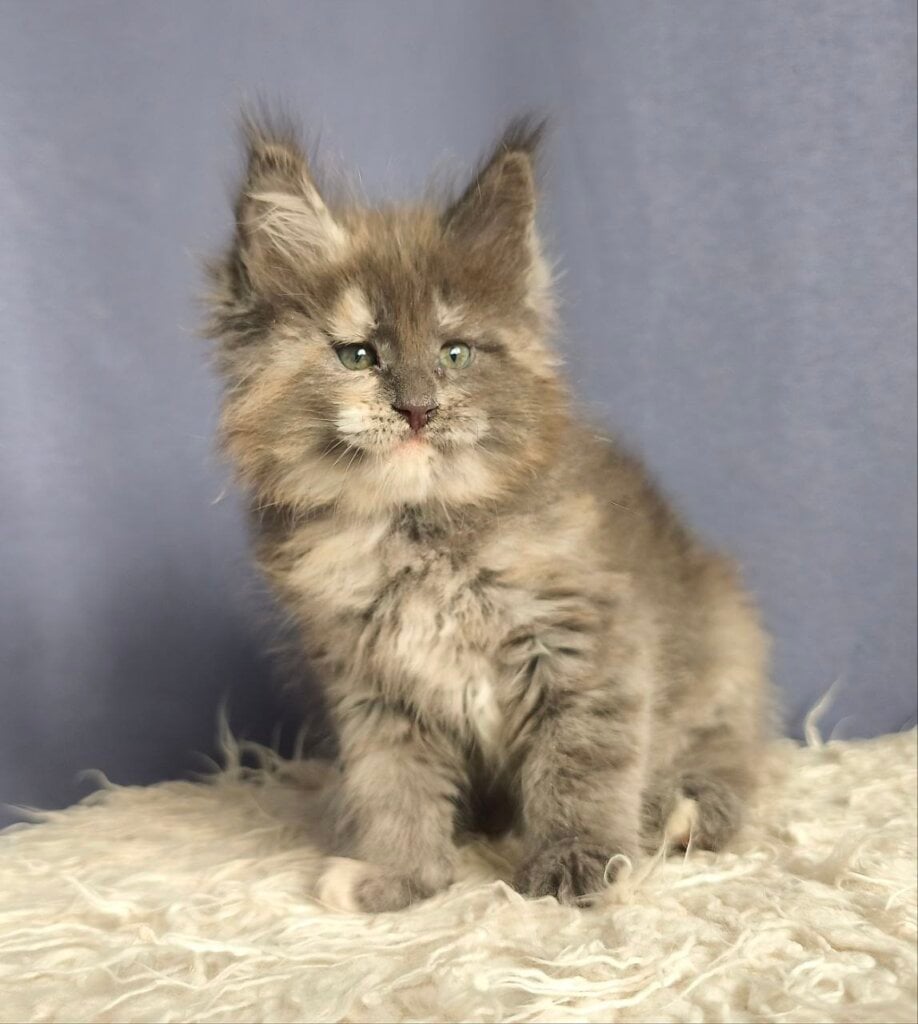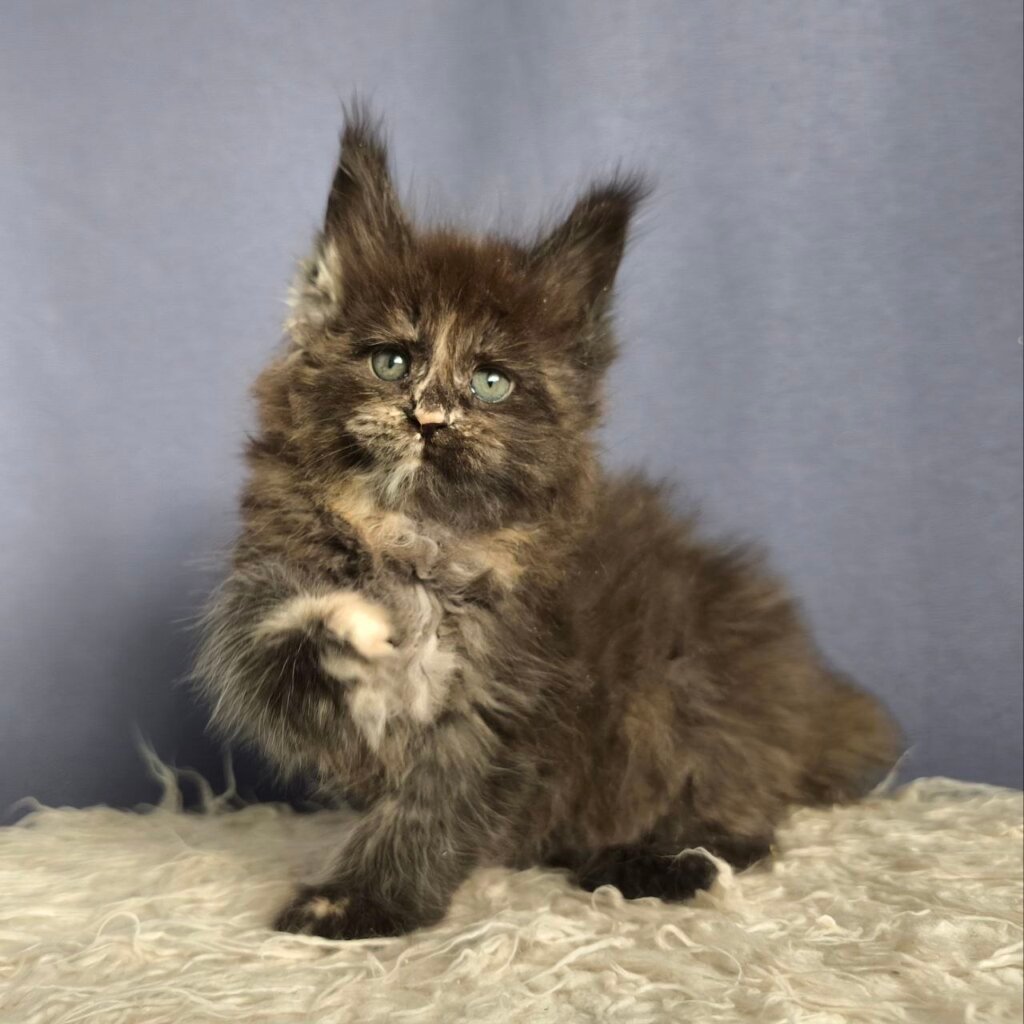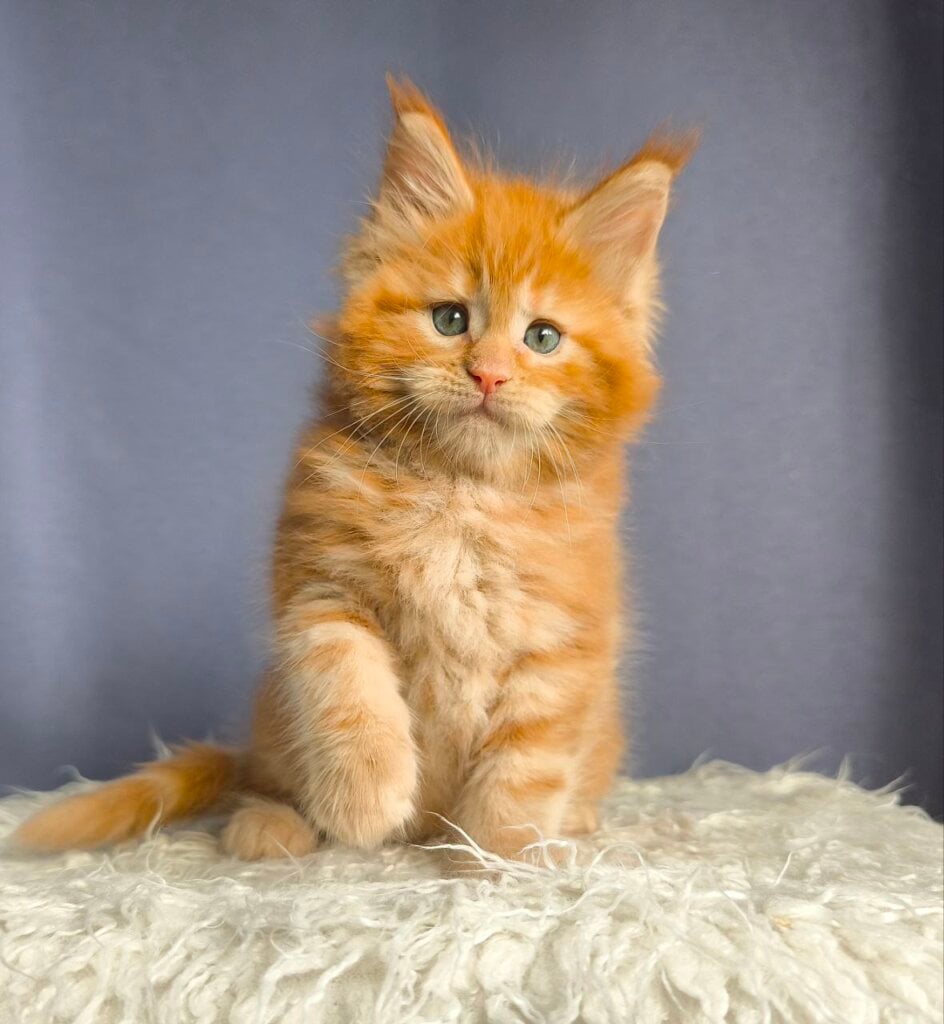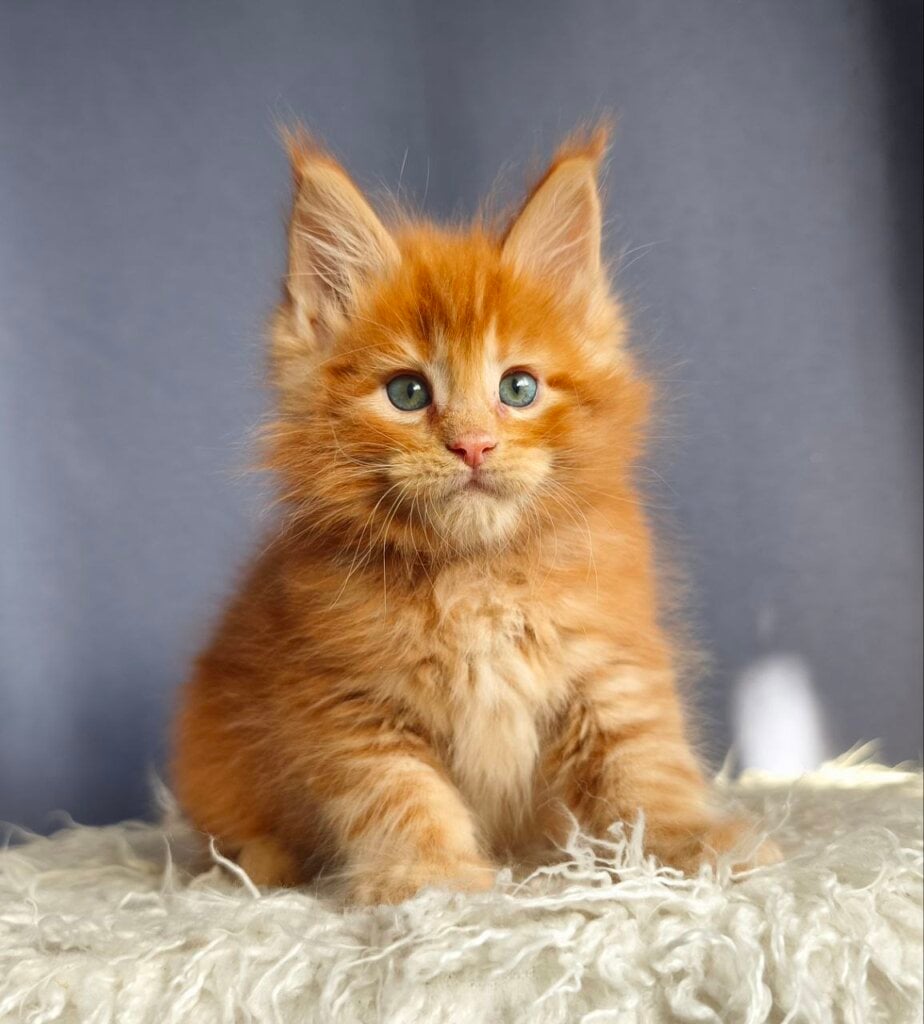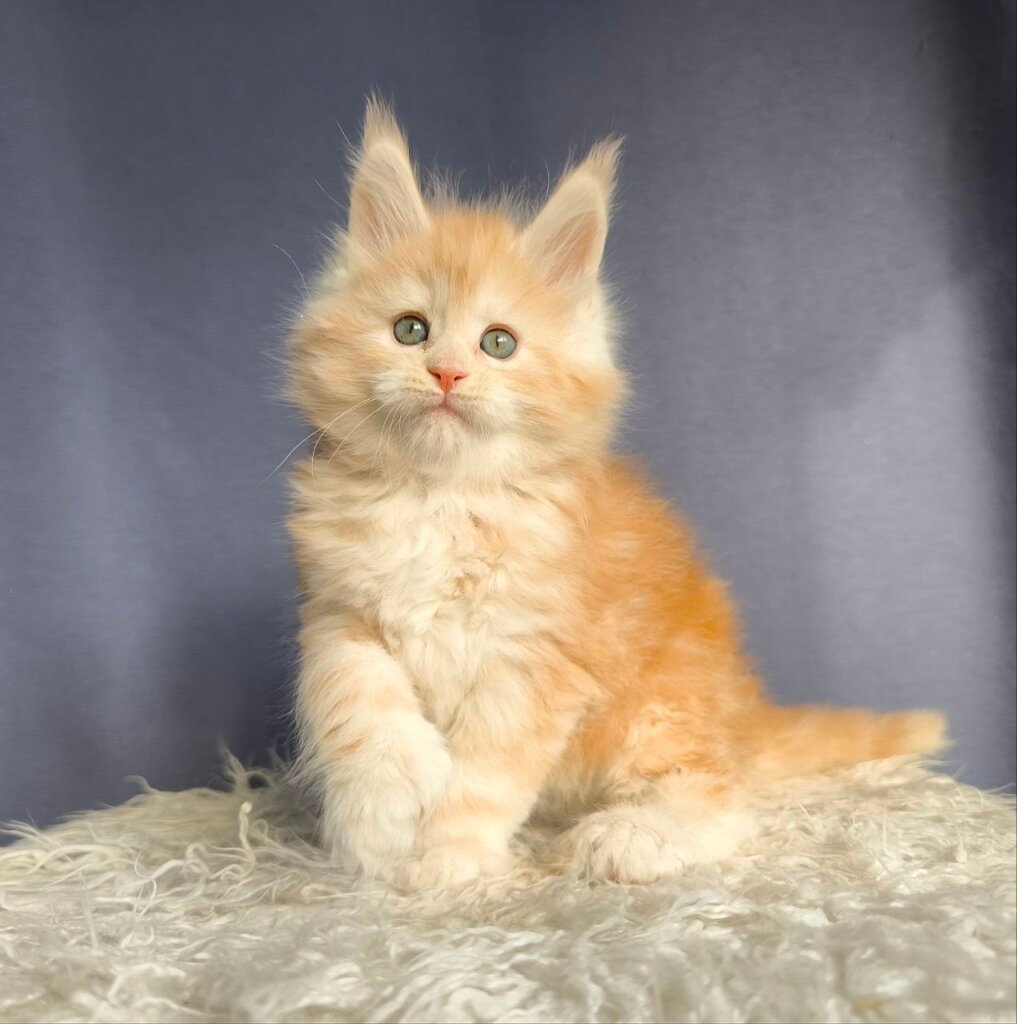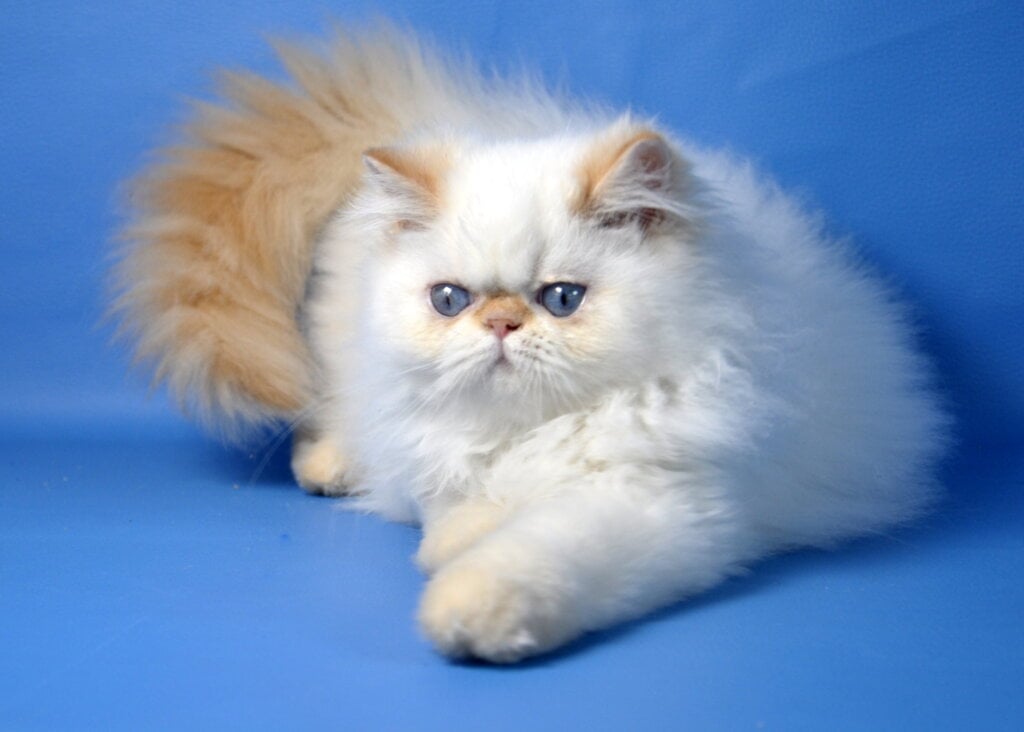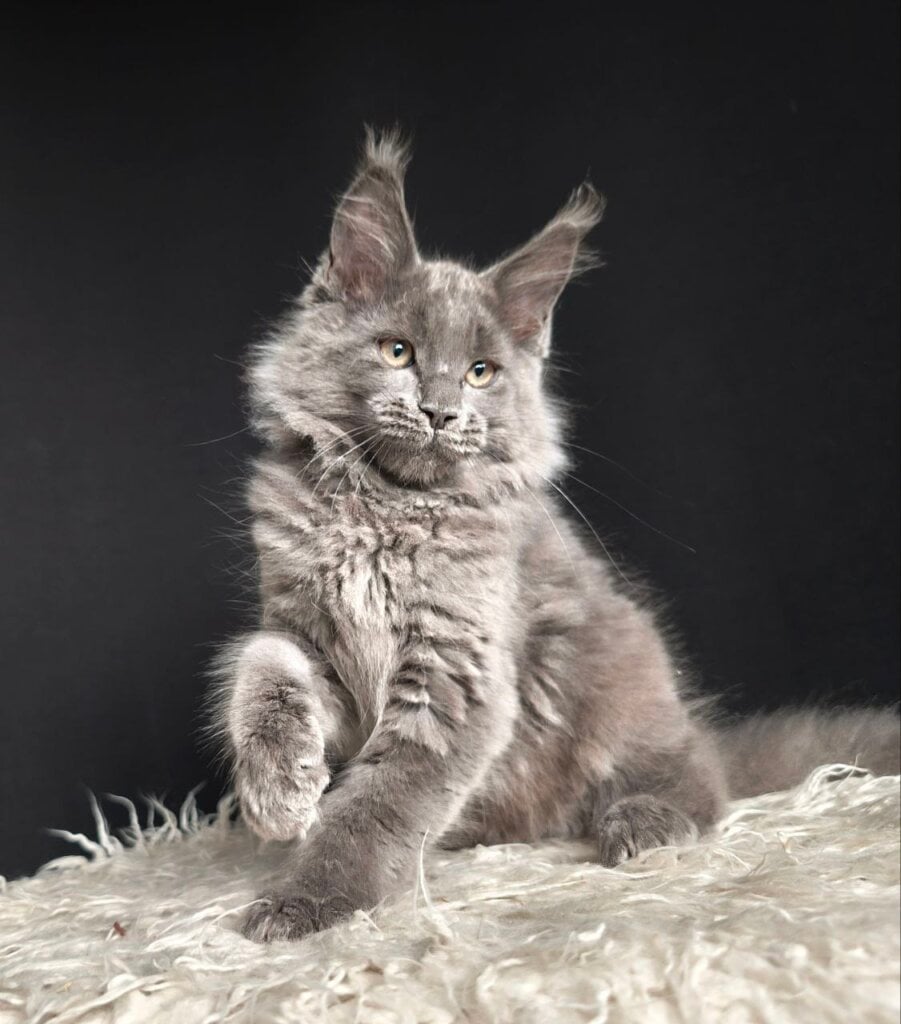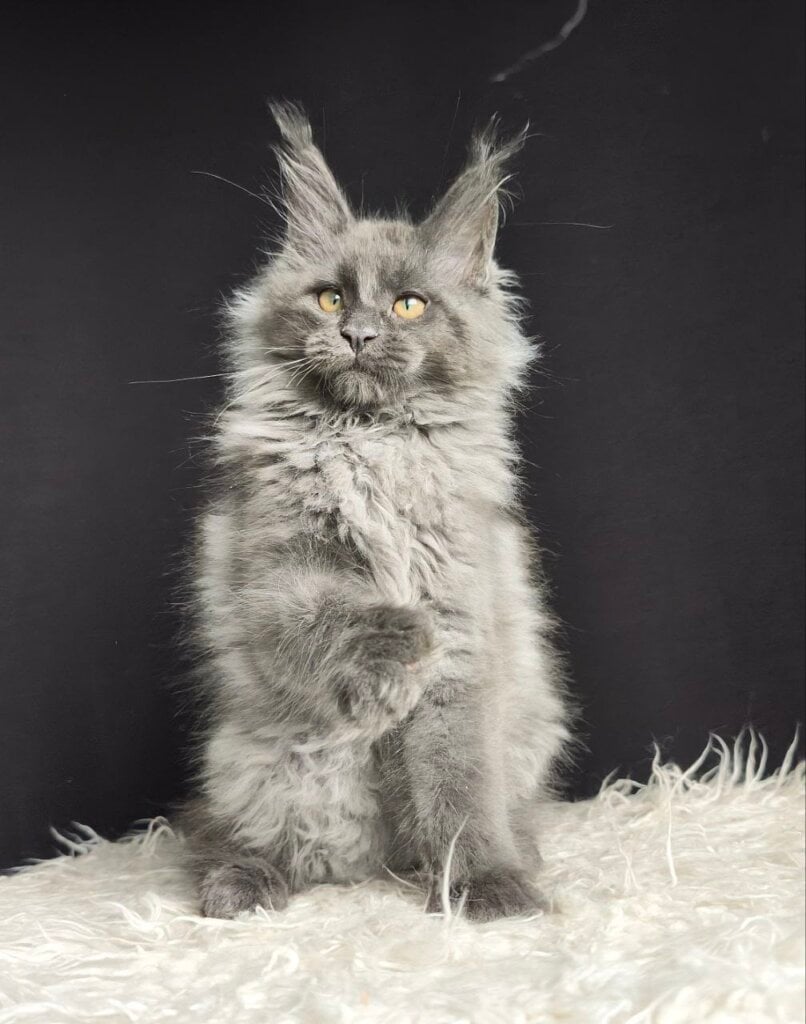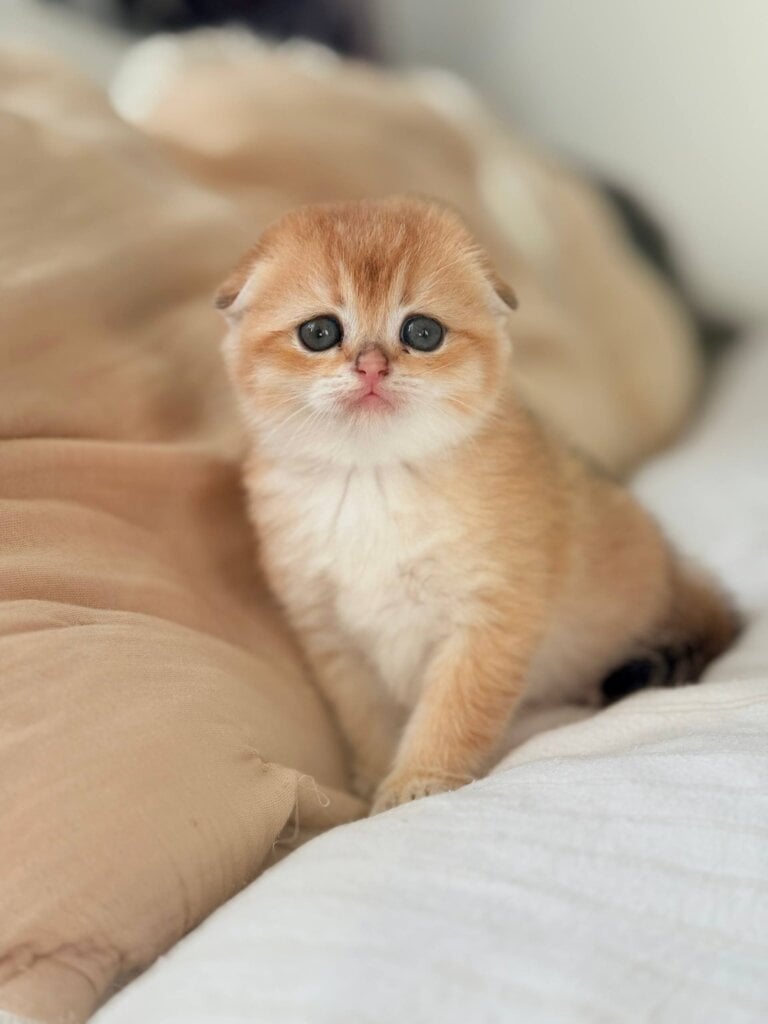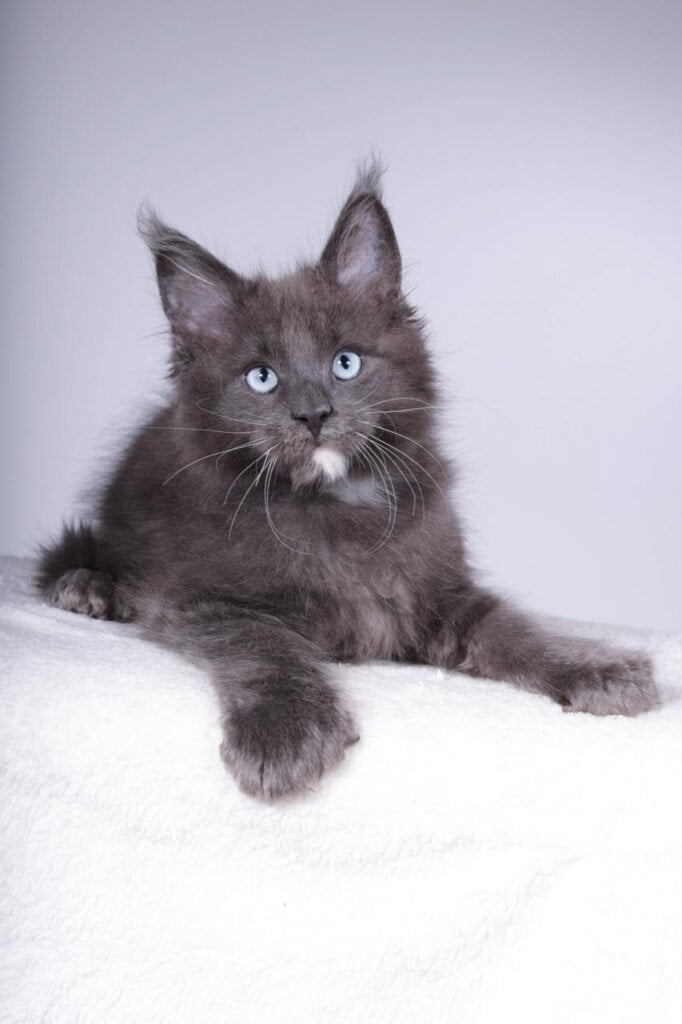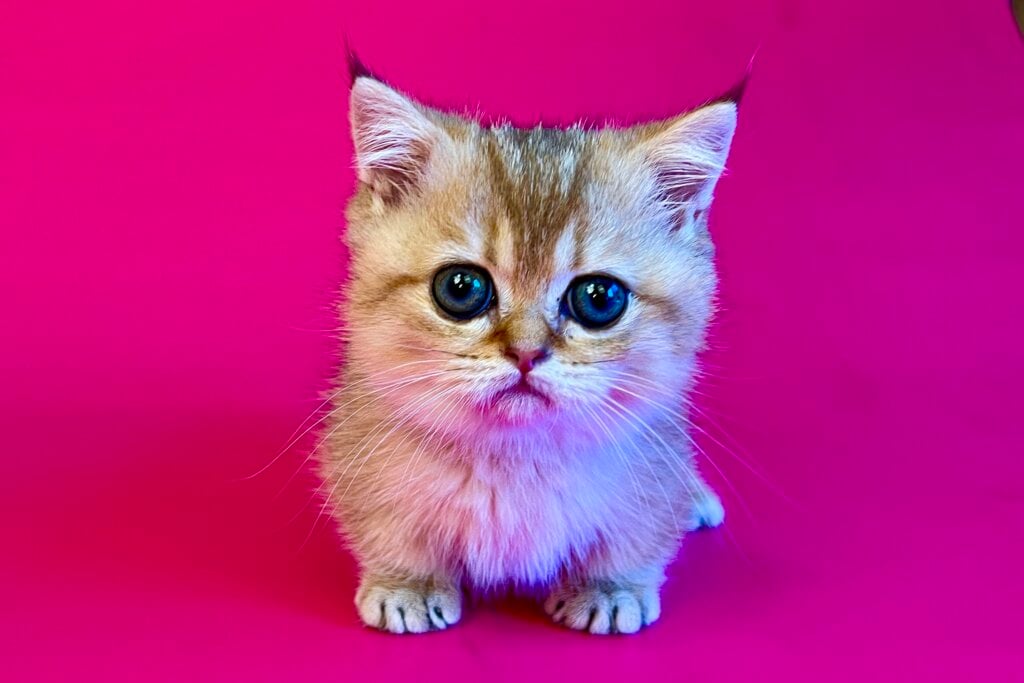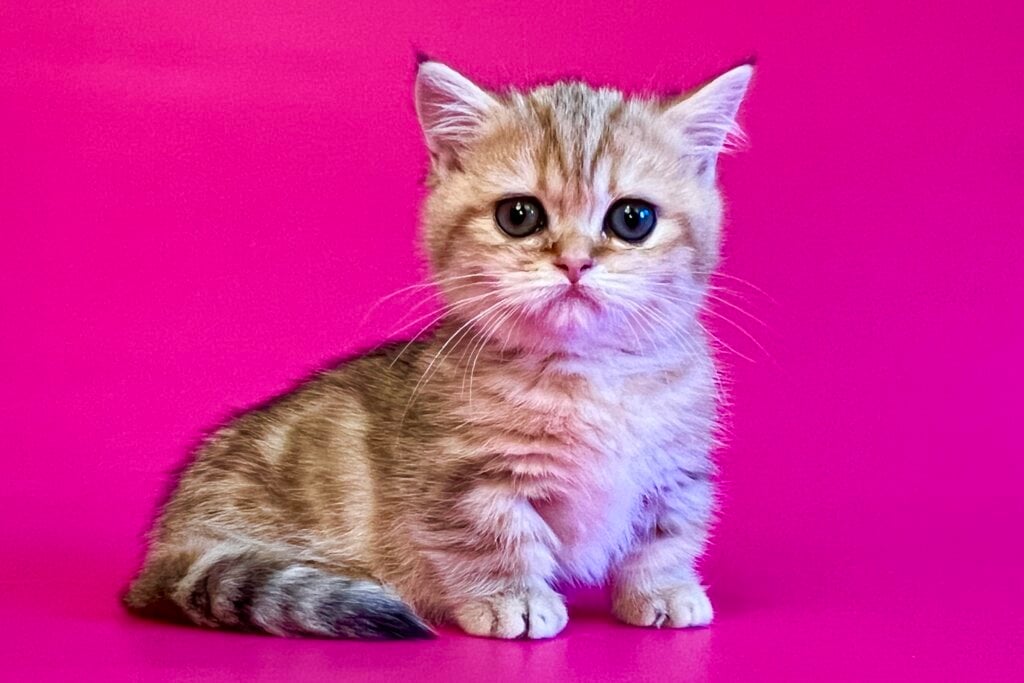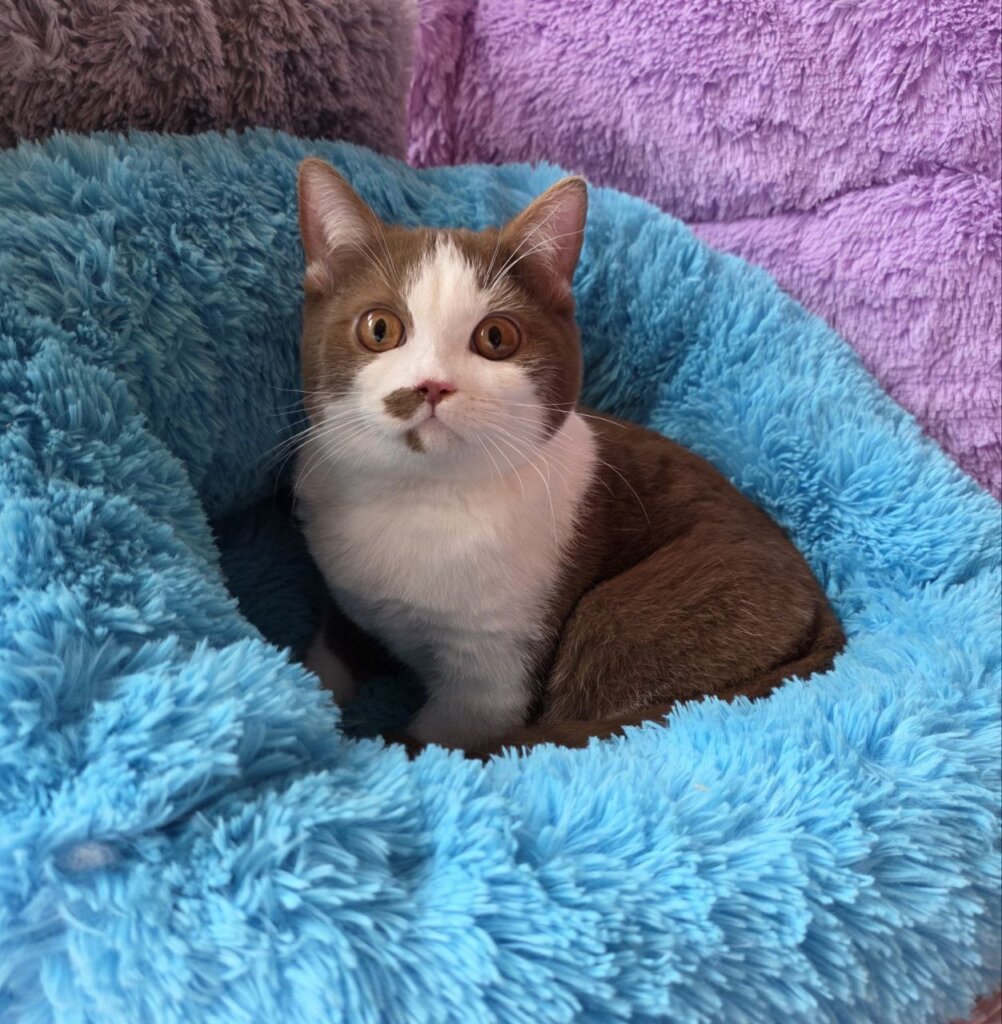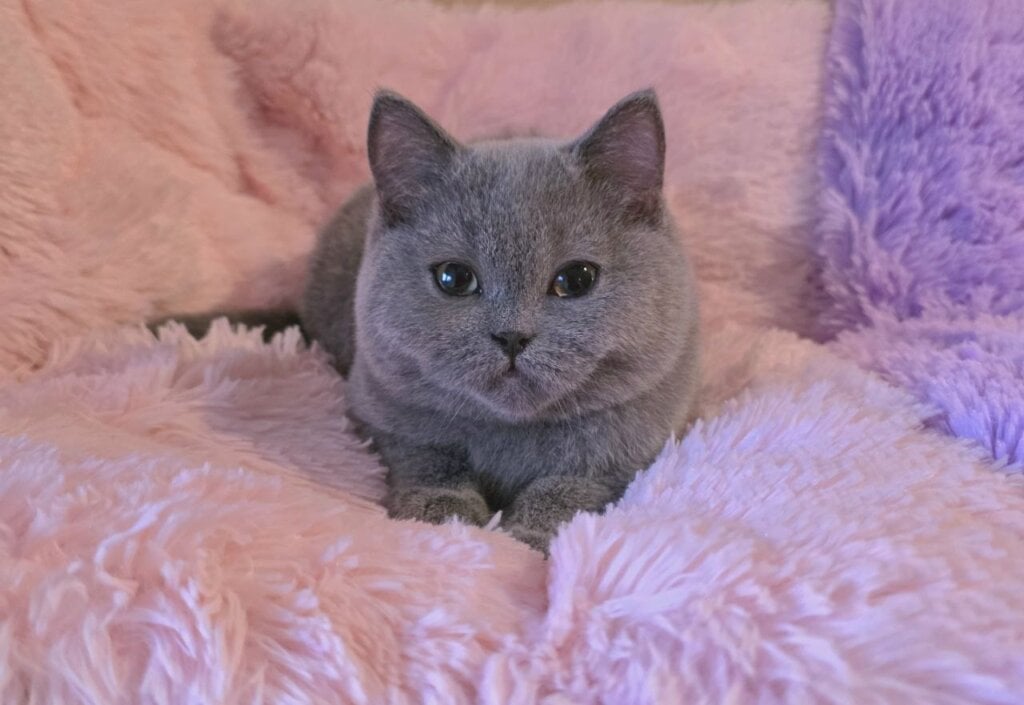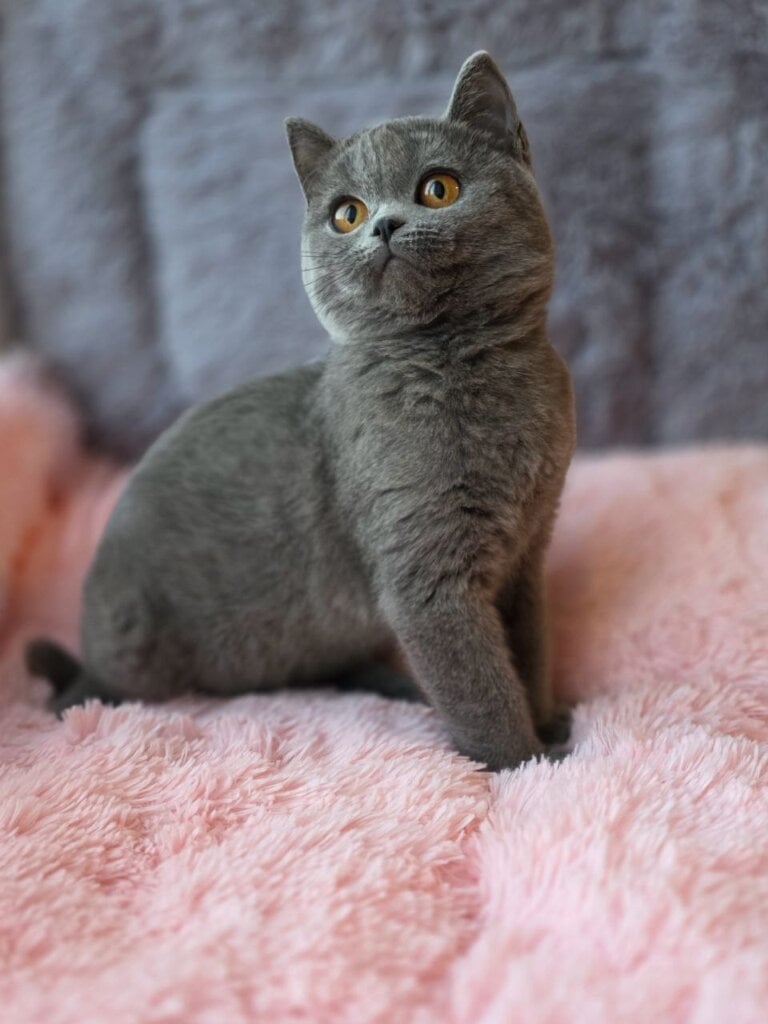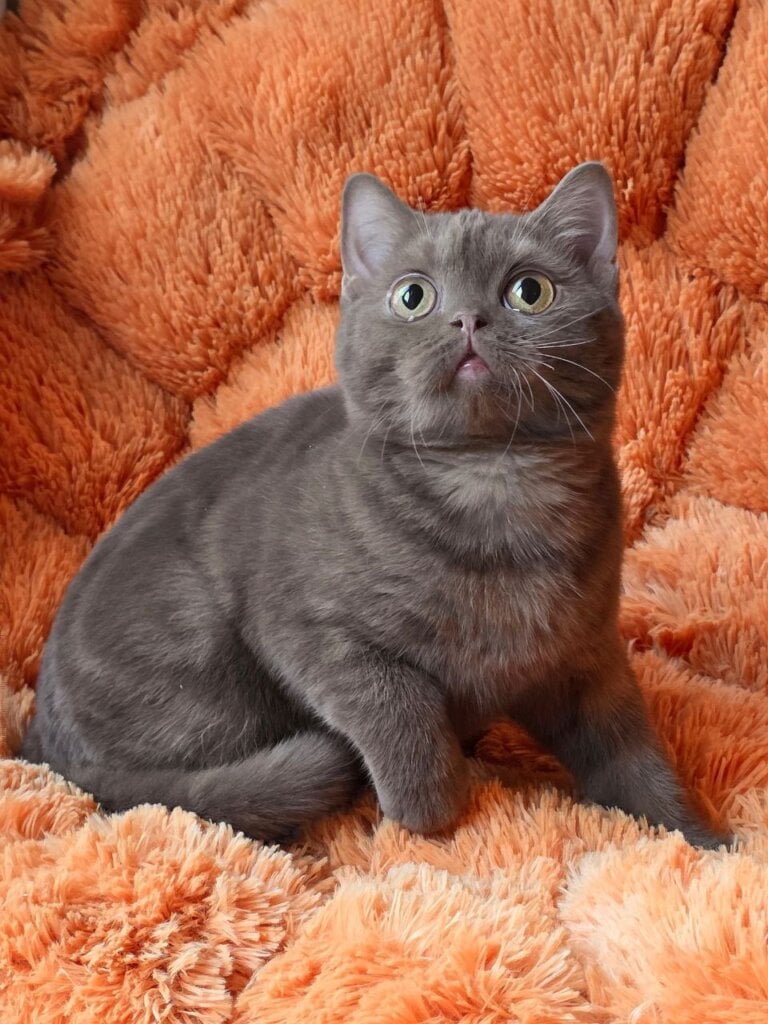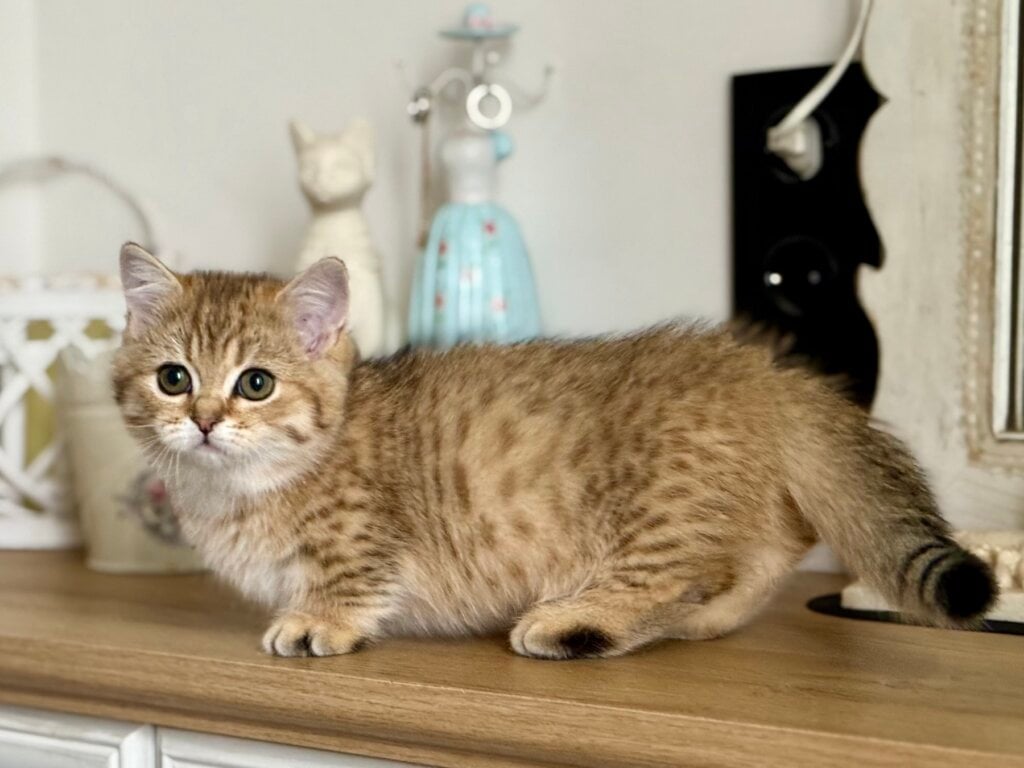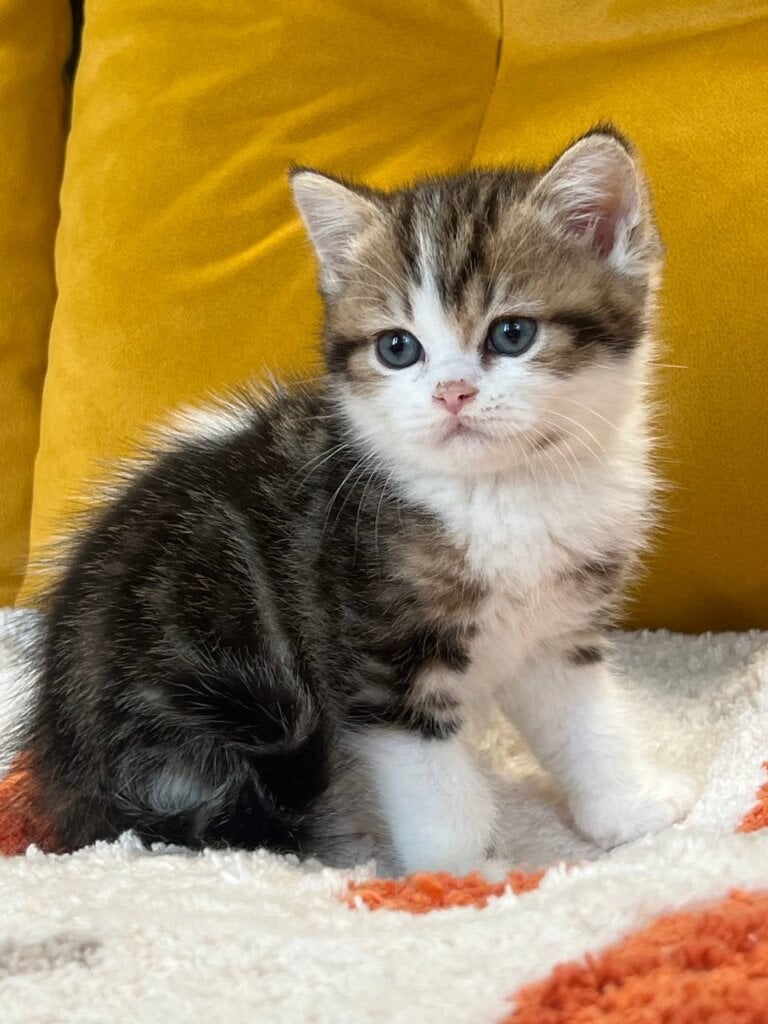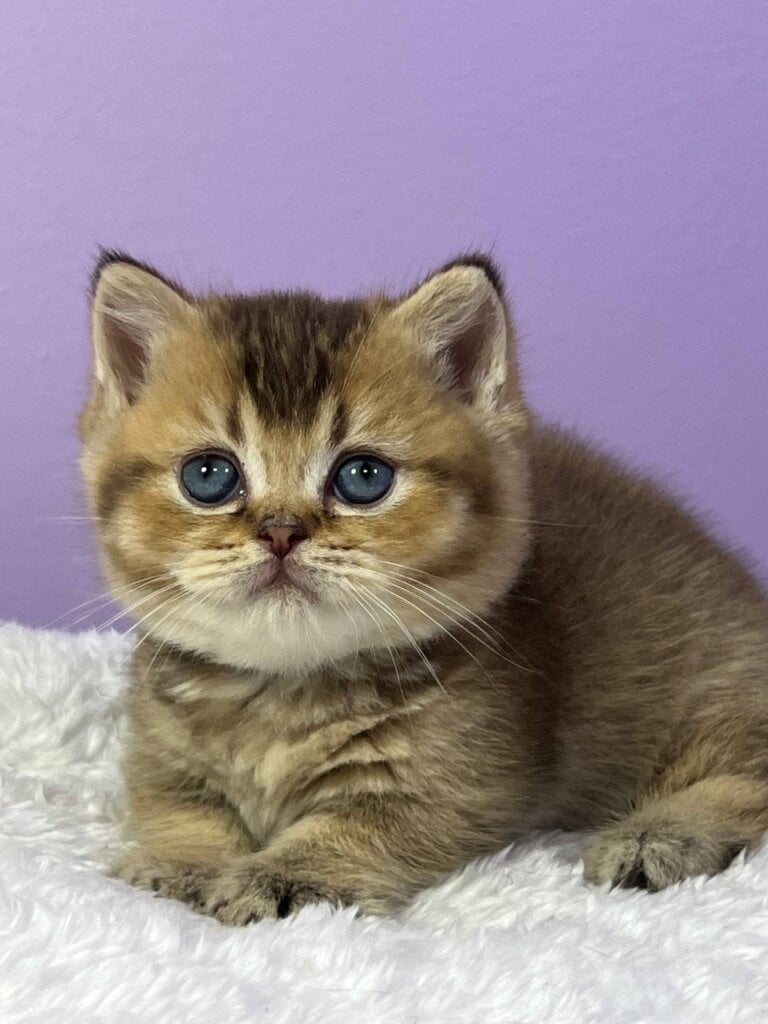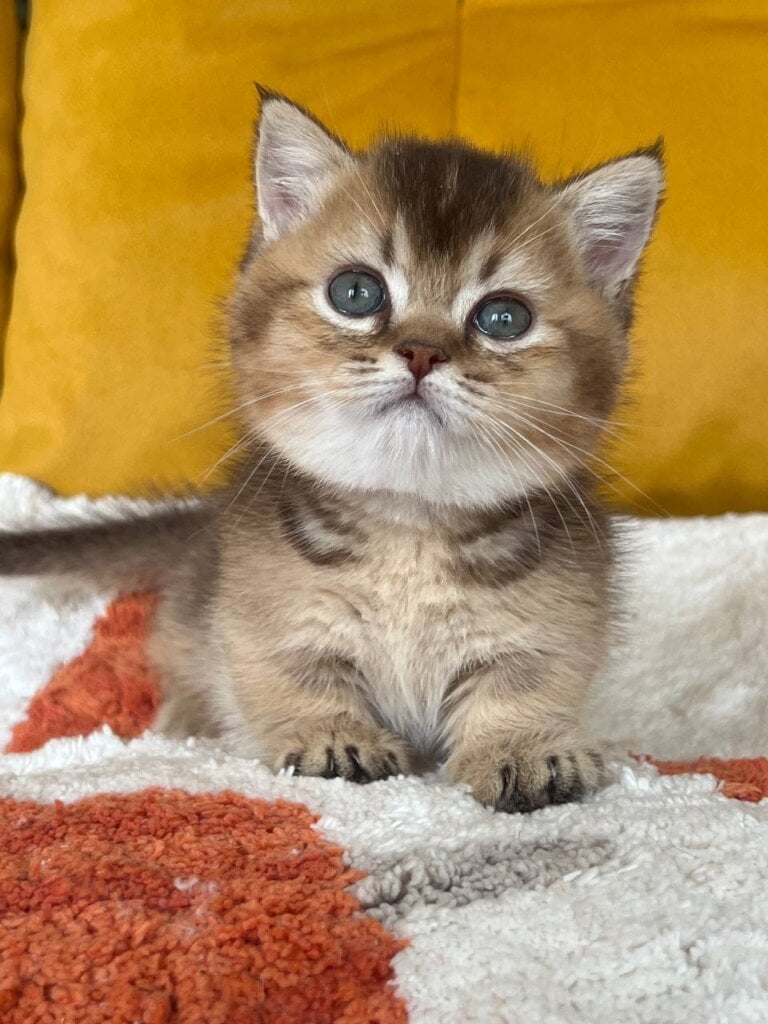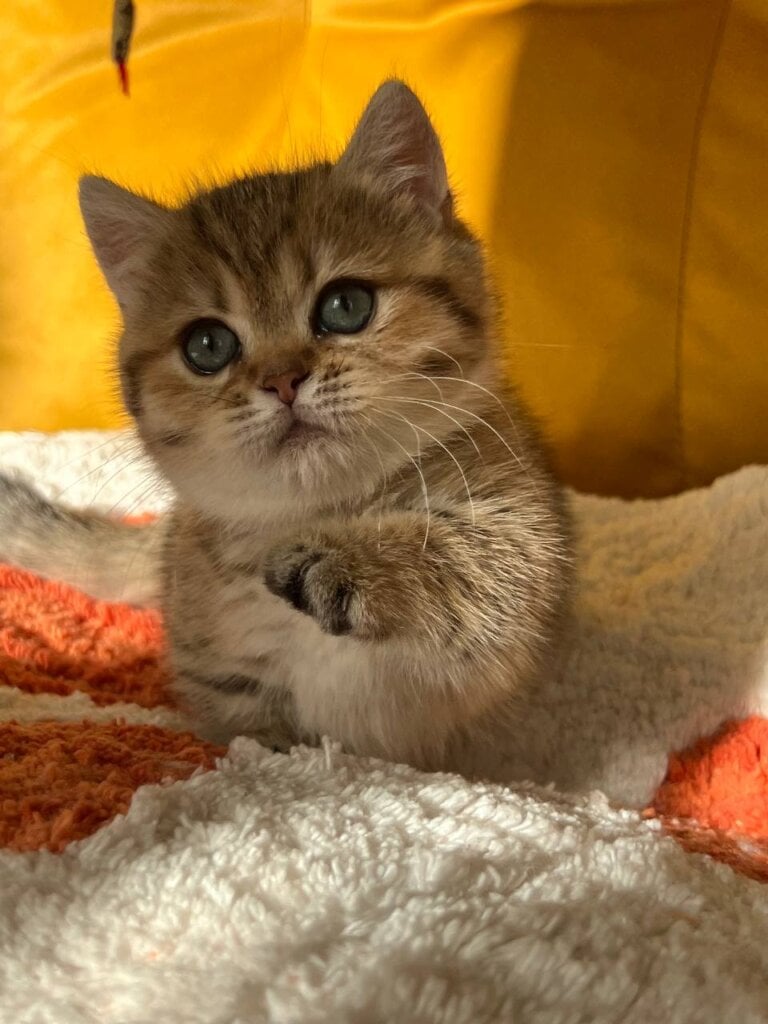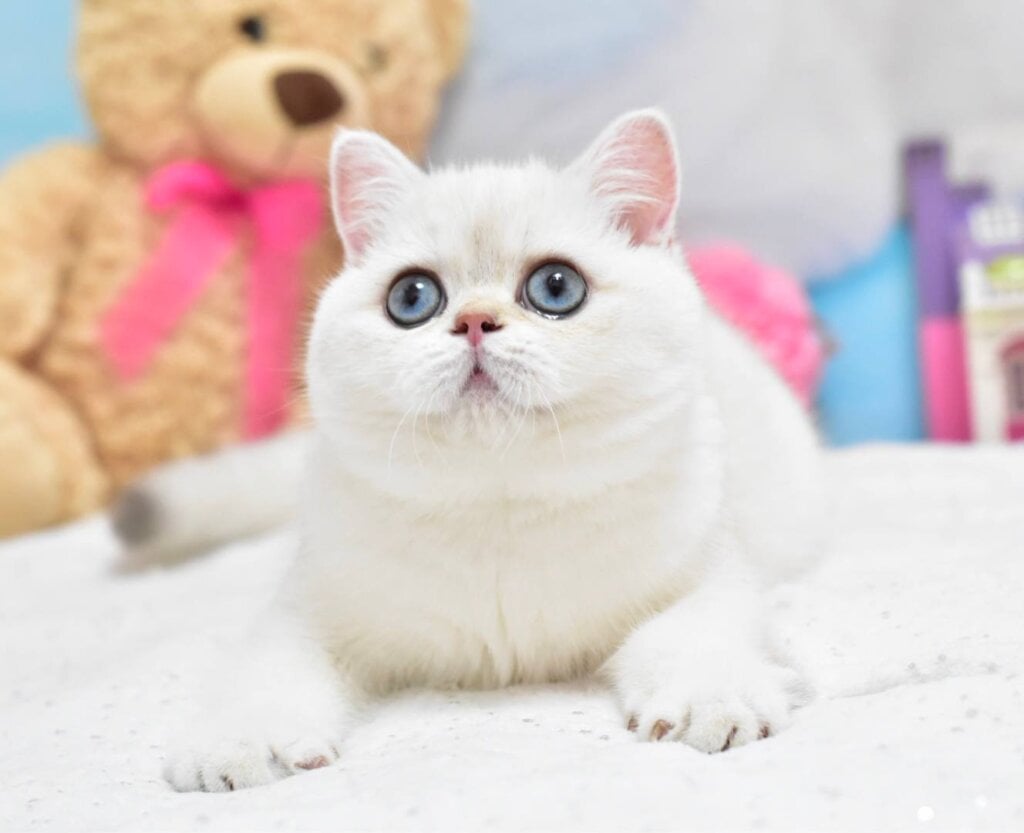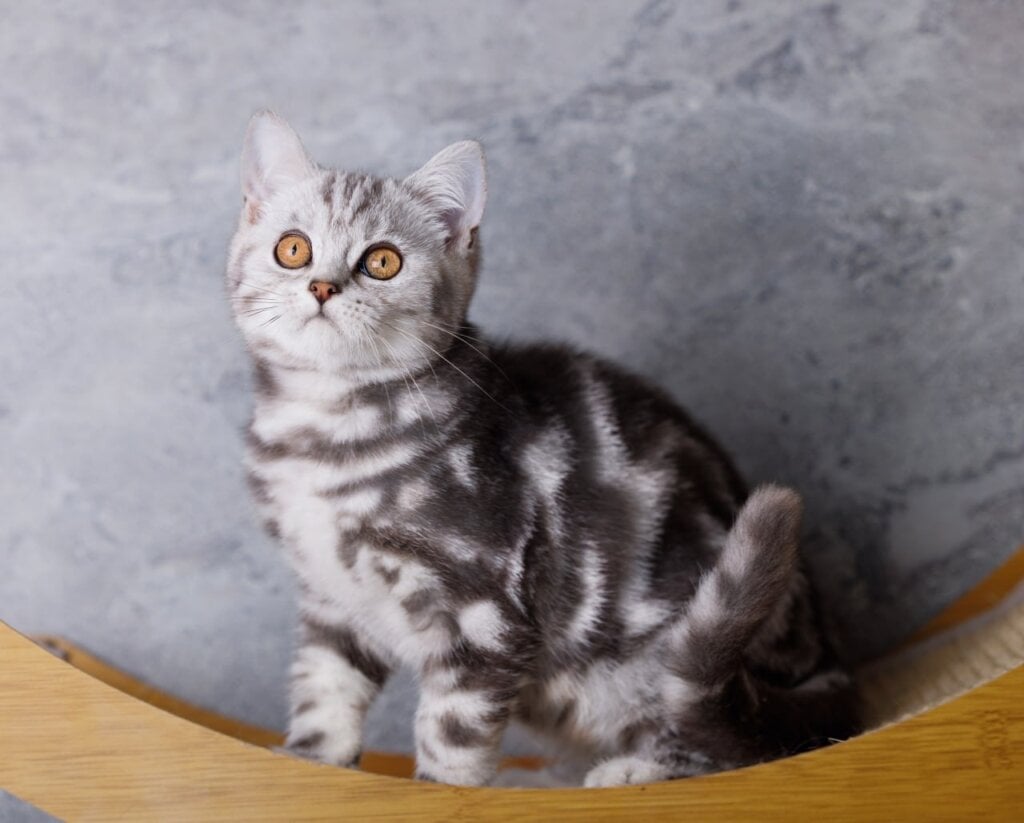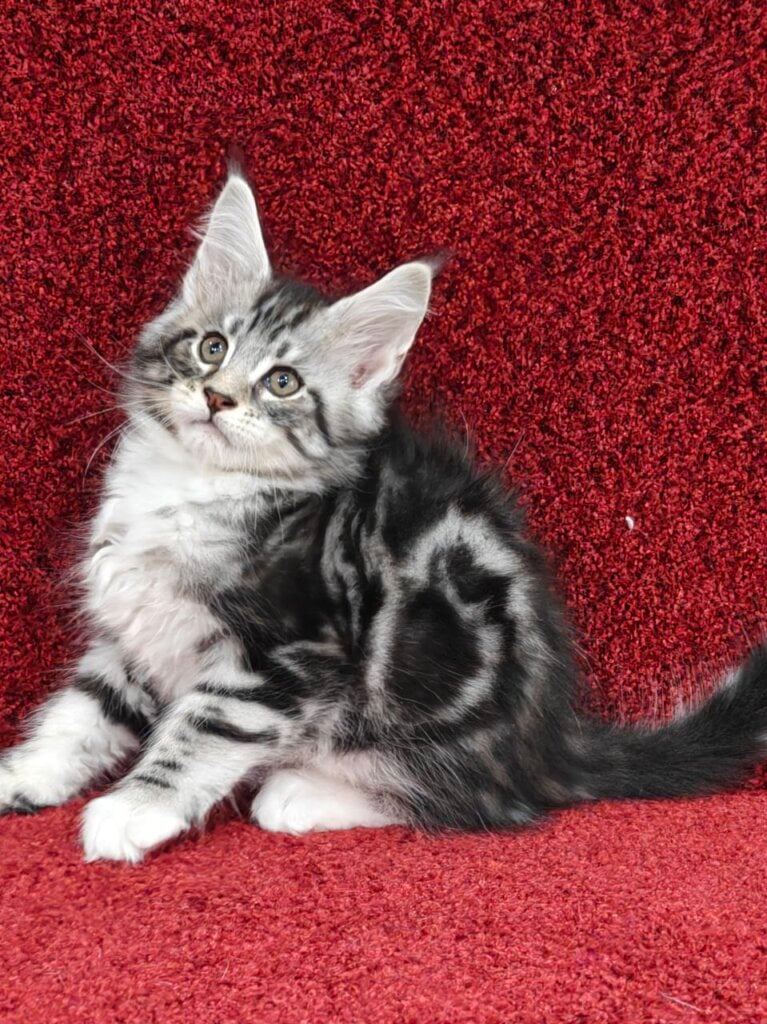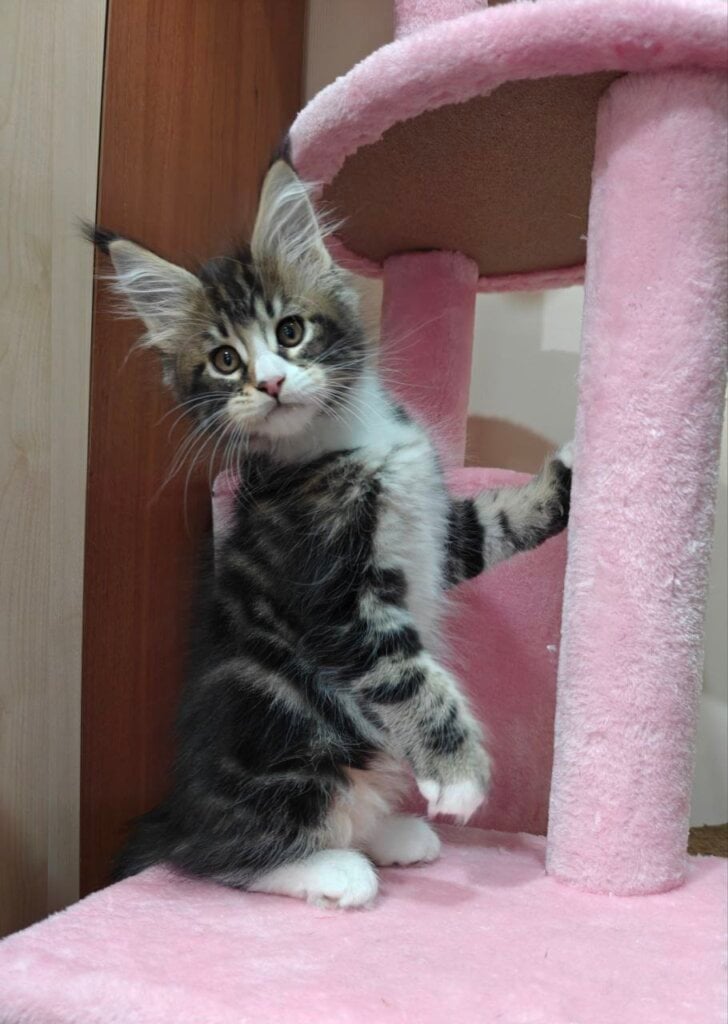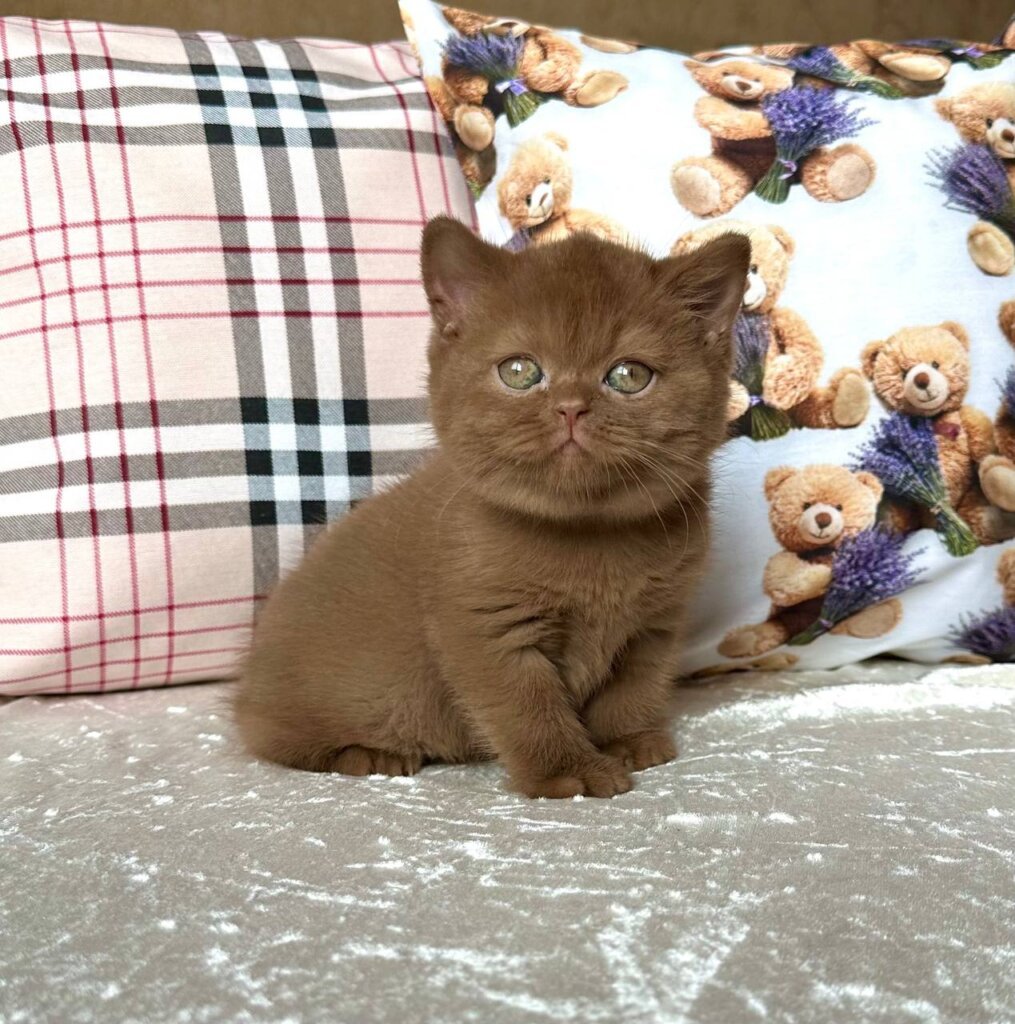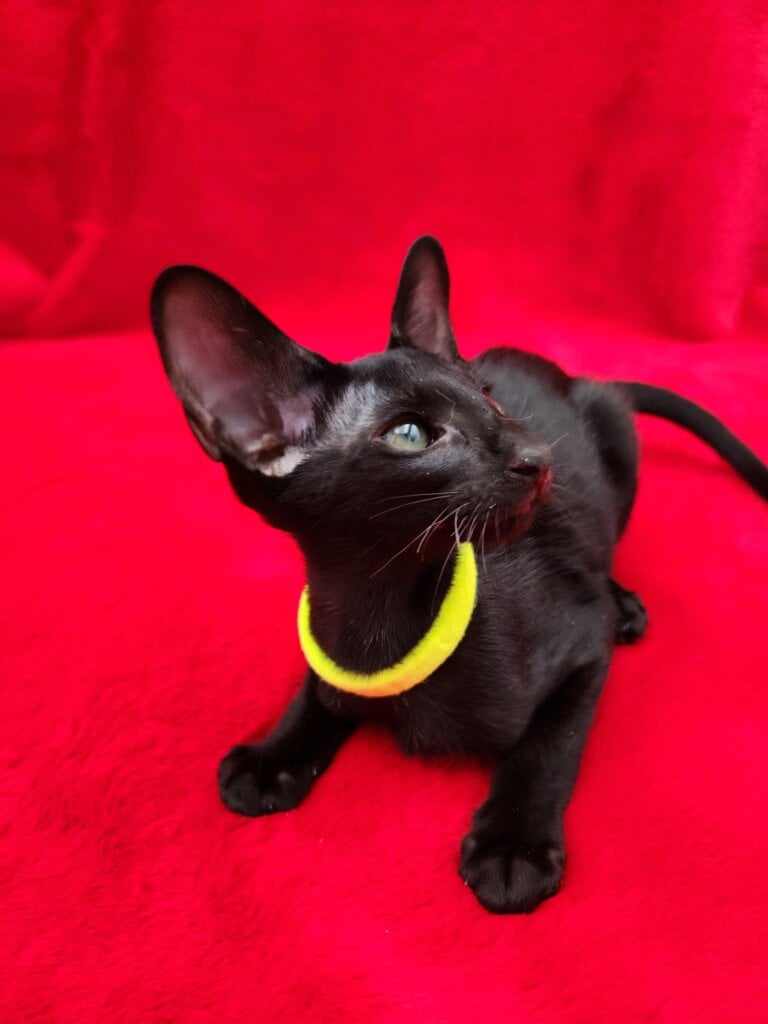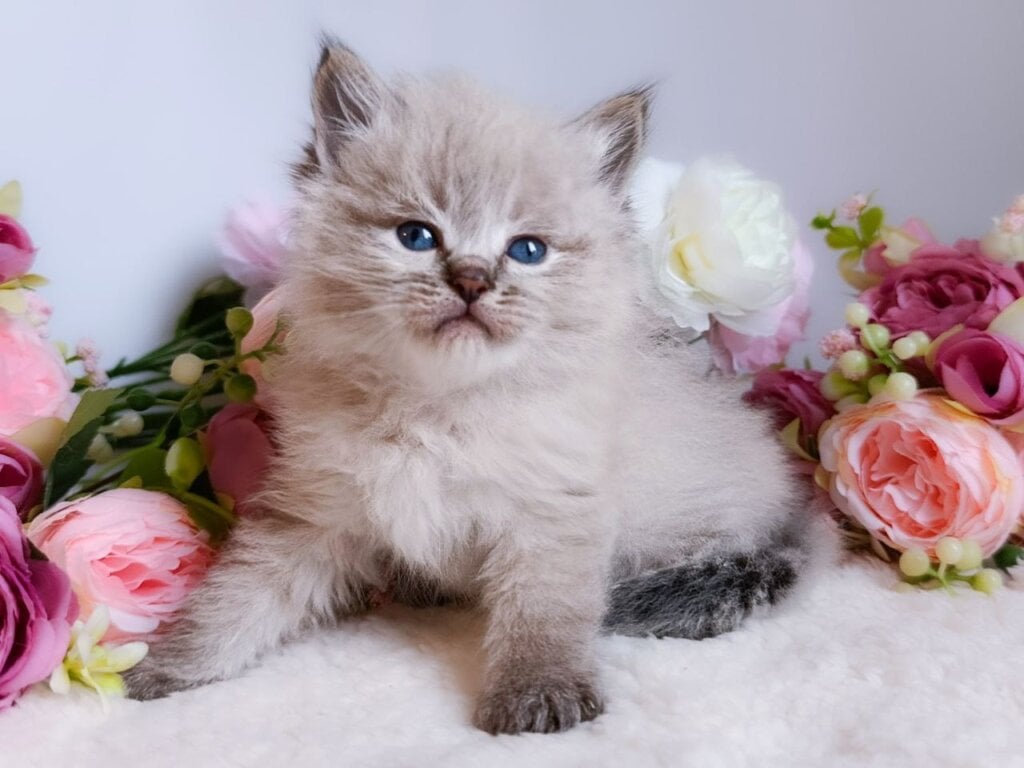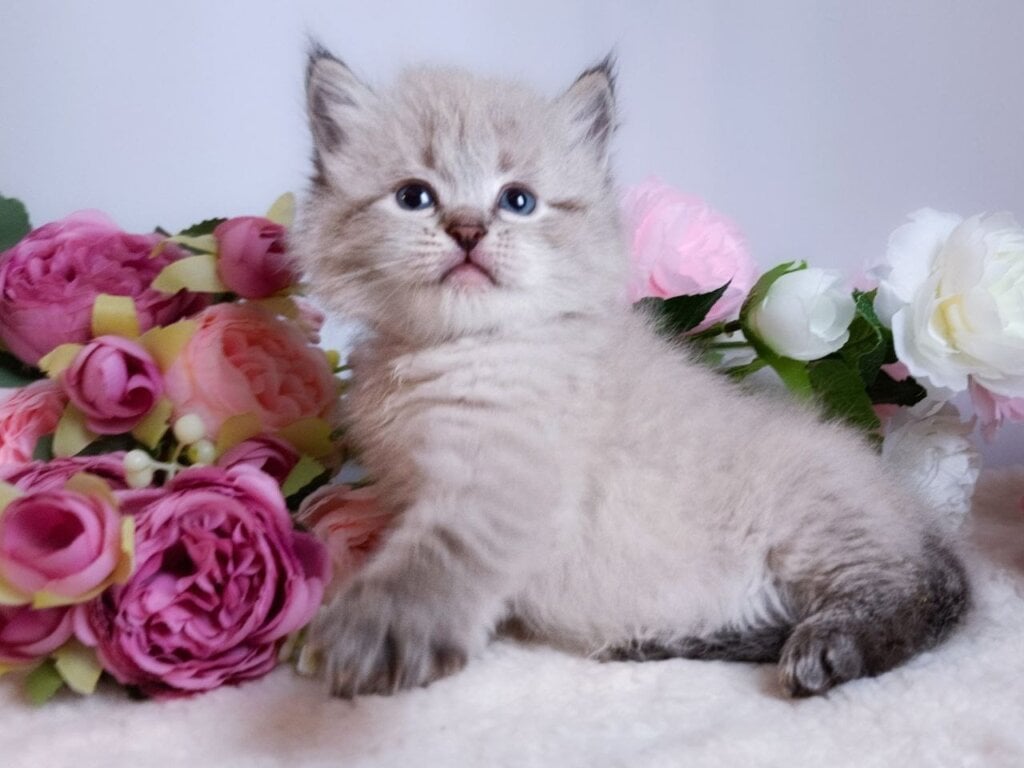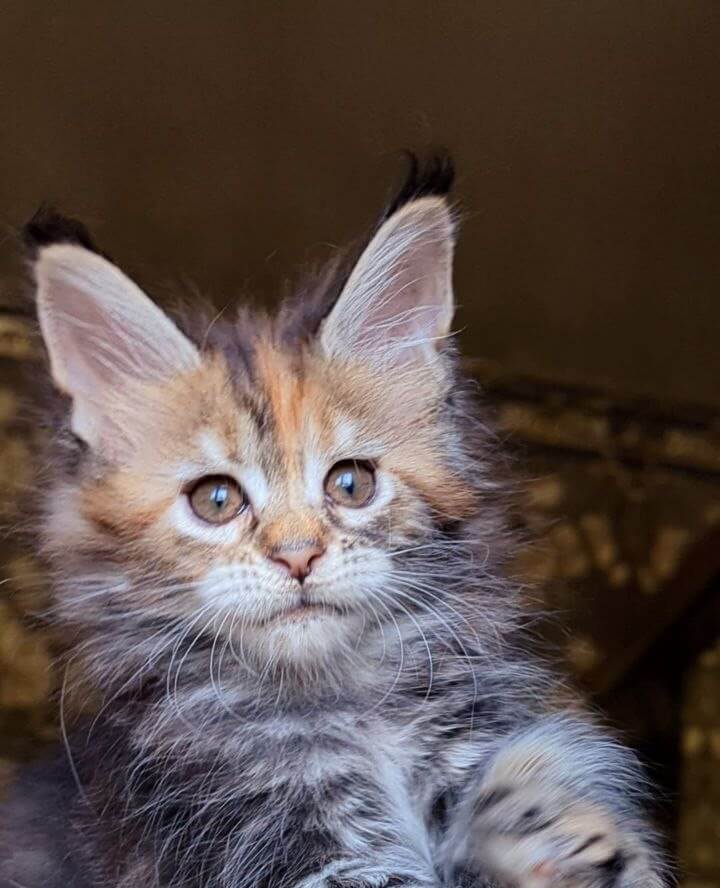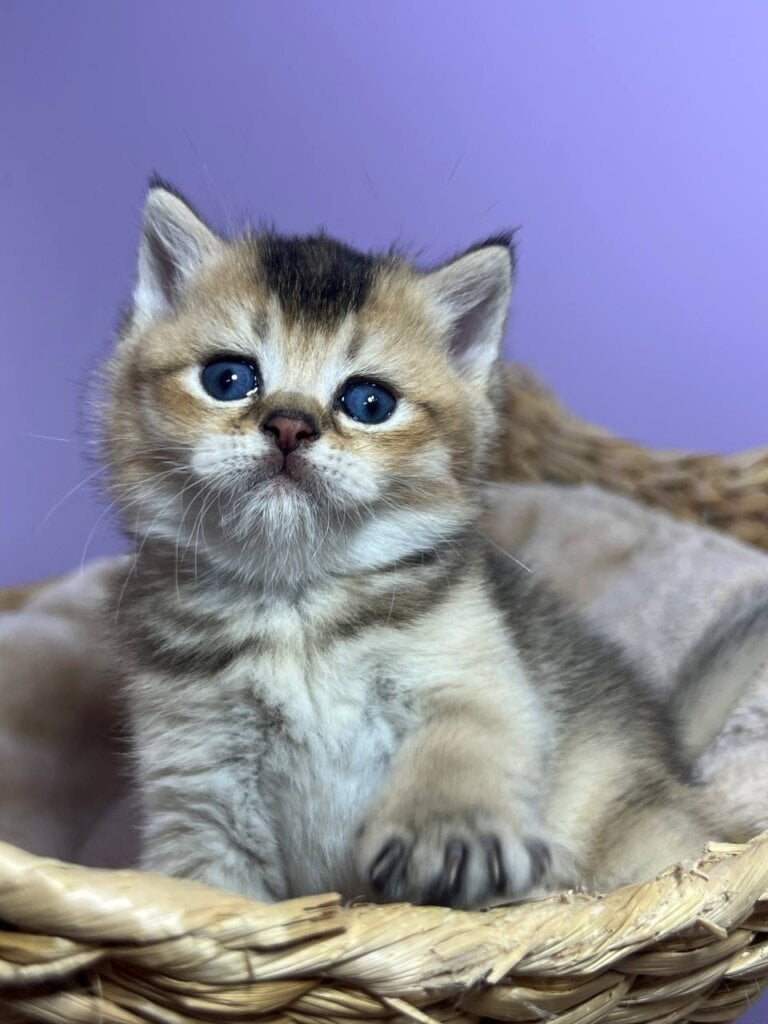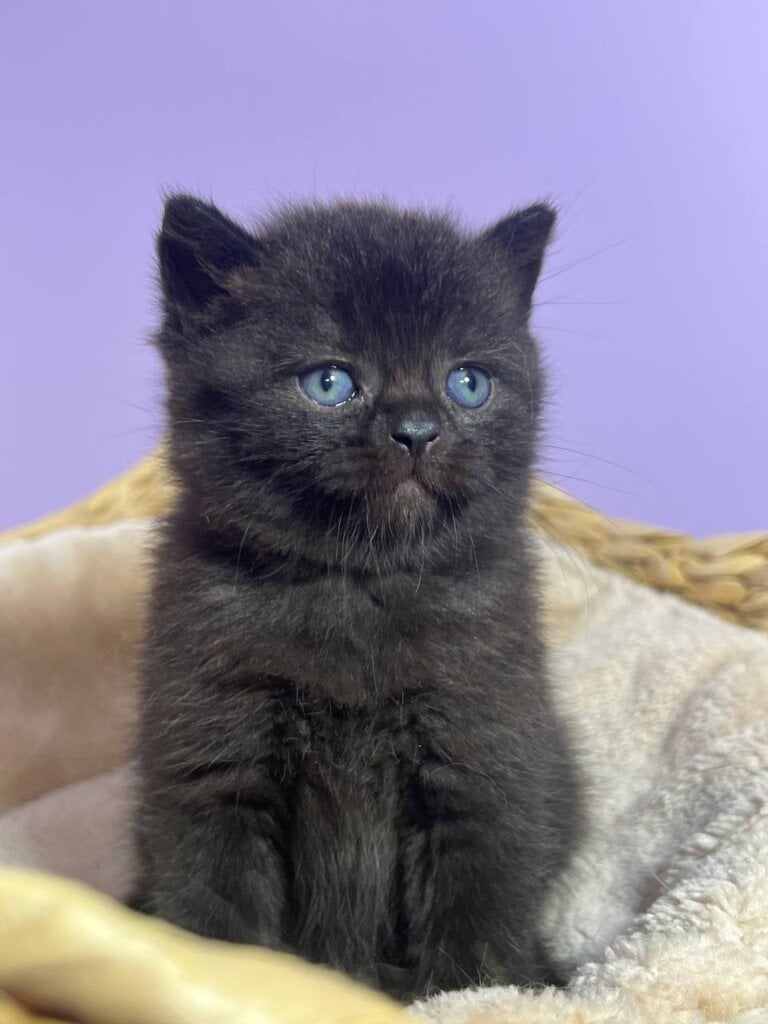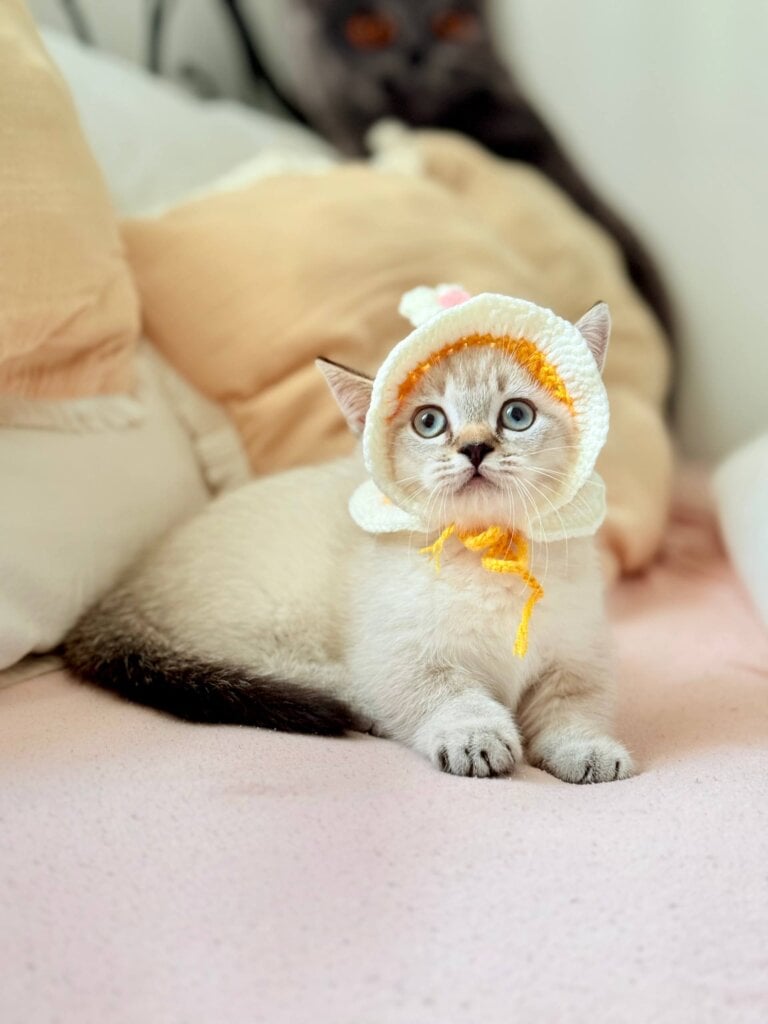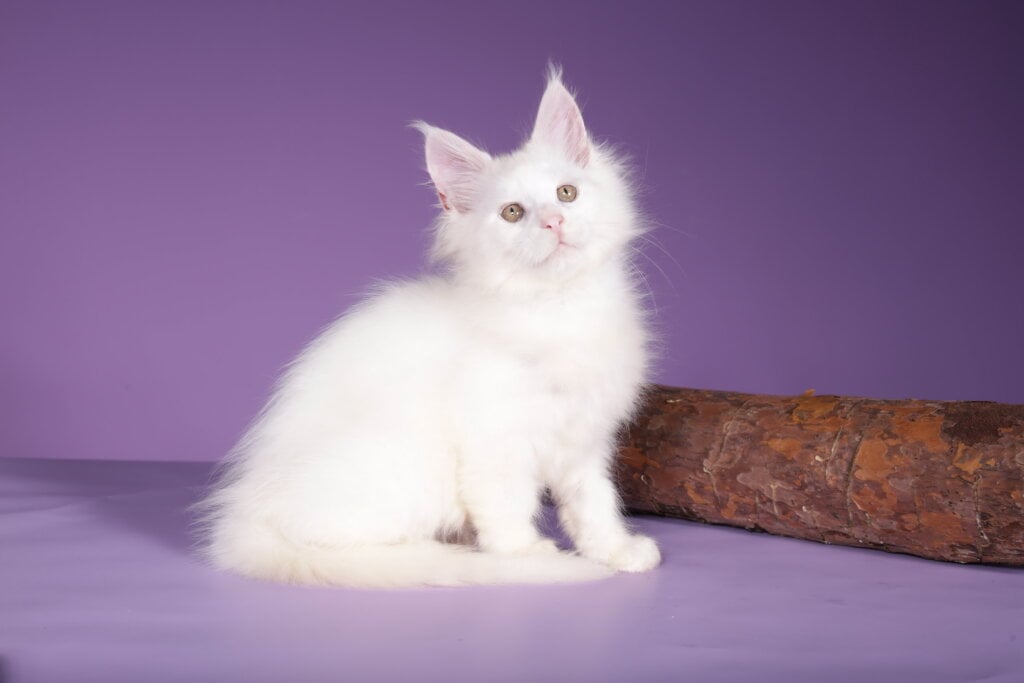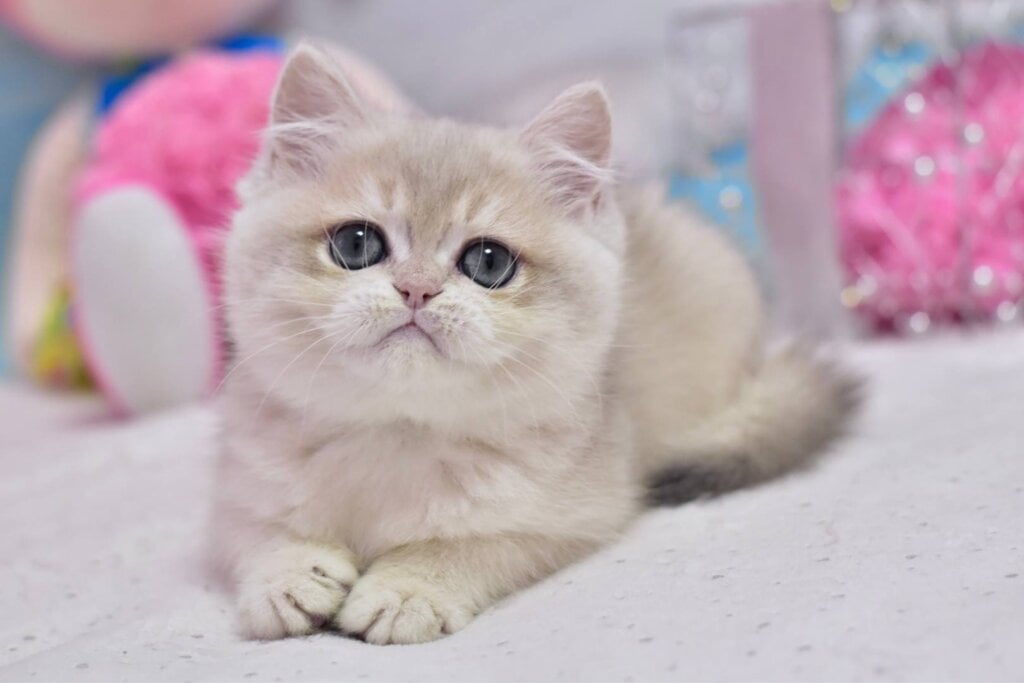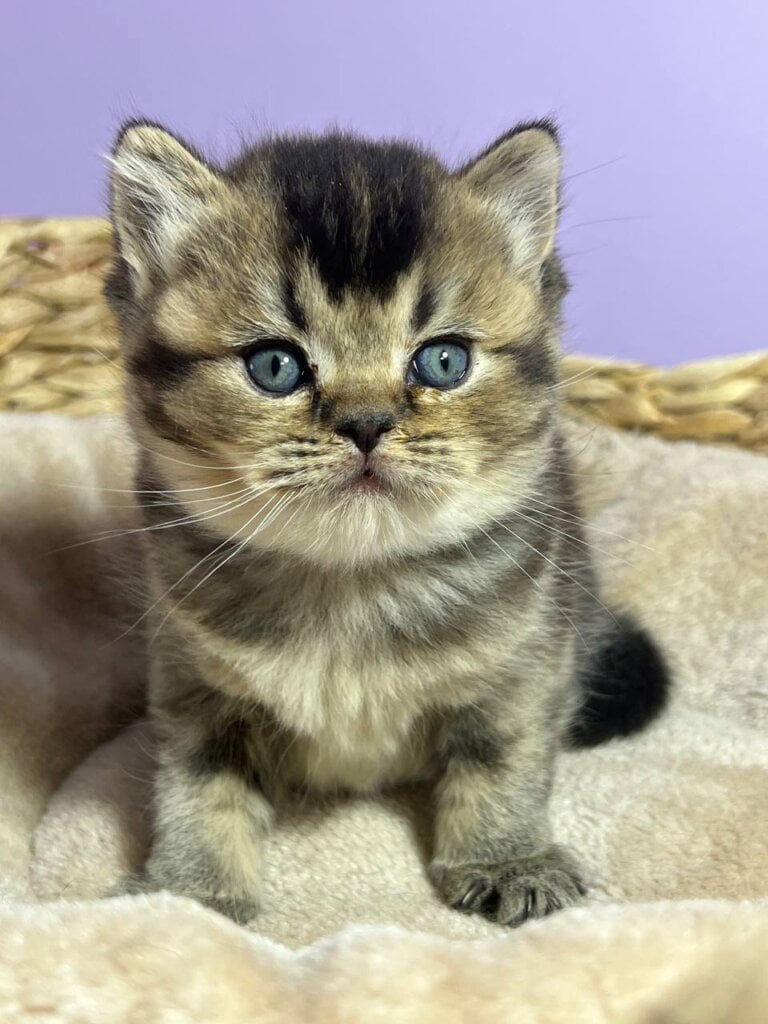Kitten Care Tips: Top Food Choices for Optimal Health

Essential Kitten Care & Nutrition
Kittens require nutrition that is specifically calibrated for rapid growth, organ development, and long-term health rather than the maintenance formulas designed for adult cats. This guide explains what to feed a kitten, how much to feed, and which nutrients—like high-quality protein, DHA-rich fats, and taurine—drive optimal physical and cognitive development. Readers will learn practical feeding schedules, portion cues, and how to read labels for kitten formulas to choose the best wet and dry kitten food. The article also maps vet-recommended brand options, contrasts wet versus dry feeding strategies, and explains breed-specific needs for larger or dense-body kittens. Finally, we explain how MeoWoff Kittens supports new owners with a starter kit and ongoing feeding guidance, without replacing veterinary advice. As you read, expect clear, actionable steps, feeding charts, and comparison tables to help you select the right kitten food and routine for healthy growth and robust immune and cognitive outcomes.
What Are the Essential Nutrients for a Healthy Kitten Diet?
A healthy kitten diet is defined by concentrated nutrients that support rapid growth: complete animal protein, energy-dense fats including DHA, essential amino acids like taurine, and balanced vitamins and minerals for bone and immune development. These nutrients function by building muscle and neural tissue, supporting visual and cognitive maturation, and ensuring proper skeletal mineralization. Kittens need higher calorie and protein density than adults because their metabolic demands are greater and growth rates are steep.
The following table summarizes the most critical nutrients, their developmental roles, and common food sources so you can compare formulas quickly.
| Nutrient | Role in development | Common food sources / notes |
|---|---|---|
| Protein (high-quality) | Builds muscle, organs, enzymes; supports growth | Named animal proteins: chicken, turkey, fish; avoid vague “meat by-products” |
| Fats (DHA/EPA) | Brain and retinal development; energy-dense calories | Fish oil, algal DHA, egg, labeled omega-3 supplementation |
| Taurine | Prevents cardiac and retinal disease; essential amino acid for cats | Added to commercial kitten formulas to meet AAFCO standards |
| Calcium & Phosphorus | Skeletal growth and tooth formation; ratio important | Balanced in growth formulas; avoid excess in large-breed growth spurts |
| Vitamins (A, D, E, B) & Trace minerals (iron, zinc) | Immune function, metabolism, skin/coat health | Included in complete kitten diets; watch for excess supplementation |
This table shows how each nutrient contributes directly to measurable outcomes like muscle mass, cognition, heart health, and bone density. Understanding these roles helps you evaluate ingredient lists and AAFCO life-stage statements when choosing a formula.
Importance of Kitten Nutrition for Growth and Development
The importance of good nutrition in growing puppies and kittens. This article examines the complexity of balancing a diet for growth, and certain specific nutrients are essential for the correct development of the puppy or kitten.
The importance of good nutrition in growing puppies and kittens, 2016
Why Is High Protein Important for Kitten Growth?
High protein is central to kitten development because kittens synthesize new tissue rapidly; adequate protein supplies essential amino acids required for muscle, organ, and enzyme formation. Animal-based complete proteins contain the amino acid profiles kittens require, whereas plant proteins often lack certain feline-essential amino acids and are less bioavailable. When reading labels, prioritize recipes that list named meat sources (e.g., “chicken” or “salmon”) near the top of the ingredient list and show an appropriate guaranteed analysis for crude protein suitable for growth. Monitoring weight gain and body condition alongside protein-rich feeding supports healthy growth without promoting excessive fat deposition. Clear protein sourcing therefore reduces the risk of malnutrition and supports long-term vitality in kittens.
How Do Fats and Omega-3s Support Brain and Eye Development?
Fats—especially omega-3 fatty acids like DHA—are structural components of neural and retinal cell membranes and directly influence cognitive and visual maturation in early life. DHA accumulates in the brain and eyes during critical windows; formulas that include marine-sourced omega-3s, algal DHA, or egg-derived lipids can support learning, spatial awareness, and visual acuity. Sufficient dietary fat also provides concentrated calories necessary for growth and assists absorption of fat-soluble vitamins such as A and D. Deficits in DHA during the neonatal period can slow neural development, so choosing kitten-specific diets that explicitly include omega-3s is a practical preventive step. Regular vet checks will confirm growth trajectory and indicate whether supplemental omega-3s are advisable.
DHA’s Role in Kitten Development and Dietary Needs
In kittens, but only those diets that contained DHA could support the high concentrations of DHA in the plasma and liver. Cats are obligate carnivores and have very specific dietary requirements. Food preferences of kittens follow the mother’s feeding habits. Subsequently, preferences can change.
Metabolic basis for the essential nature of fatty acids and the unique dietary fatty acid requirements of cats, 2006
What Vitamins and Minerals Are Crucial for Kitten Health?
Vitamins and minerals regulate metabolism, immune response, and structural development; for kittens, vitamin A supports vision, vitamin D and calcium/phosphorus balance drive bone growth, and trace minerals like zinc and iron influence skin, coat, and hematologic health. Formulas designed for kittens typically meet recommended nutrient profiles and AAFCO growth standards to avoid deficiencies and toxicities. It is important to avoid extra calcium supplementation in large-breed kittens that would disrupt growth plate development. Select complete commercial diets that declare life-stage suitability and balanced micronutrient profiles to minimize the need for owner-added supplements. Accurate label reading and veterinary guidance prevent both under- and over-supplementation.
How Does Taurine Prevent Common Kitten Health Issues?
Taurine is an essential amino acid for cats that supports cardiac function and retinal health; deficiency can lead to dilated cardiomyopathy and progressive retinal degeneration. Unlike many species, cats cannot synthesize sufficient taurine and require dietary sources; most commercial kitten foods include taurine to meet established feline nutritional standards. Checking packaging for an AAFCO statement or equivalent local regulatory compliance ensures taurine inclusion at protective levels. Symptoms of deficiency can be subtle early on, so feeding a complete kitten formula labeled for growth is a primary preventive measure. If you suspect dietary issues, consult a veterinarian promptly for diagnostic testing and formula adjustments.
How to Choose Between Wet and Dry Kitten Food for Healthy Growth?
Choosing wet versus dry kitten food depends on hydration needs, palatability, convenience, and calorie goals; wet food offers moisture and often higher palatability, while dry kibble provides convenience, calorie density, and suitability for free-feeding strategies. Mechanistically, wet food helps urinary tract health by increasing water intake and supports picky eaters or those transitioning from milk, whereas high-quality kibble supplies concentrated nutrients useful for controlled portioning and energy needs. Many owners adopt a mixed-feeding approach to combine benefits: free-fed dry for consistent calorie access plus scheduled wet meals for hydration and variety.
Below is a concise pros/cons comparison to aid decision-making and a recommended combined-feeding conclusion tailored to growth and hydration.
- Benefits of wet food: Hydration, higher moisture content aids urinary health and encourages intake in fussy or weaning kittens.
- Benefits of dry food: Convenience for free-feeding, calorie density for rapid growth phases, and practical portion control.
- Combined approach: Scheduled wet meals twice daily plus free-fed dry kibble balances hydration and convenience while preventing abrupt diet swings.
This short comparison supports a practical conclusion: combining wet and dry feeding leverages hydration and palatability while maintaining consistent caloric intake for growth.
What Are the Benefits of Wet Kitten Food for Hydration and Palatability?
Wet kitten food contains 70–80% moisture, which increases total water intake and reduces concentrated urine—an important factor for urinary tract health and kidney load over a lifetime. Textural variety in wet food (pate, gravy, mousse) also increases palatability, making it effective during weaning or for kittens with reduced appetite. For kittens transitioning from nursing, moistened wet food helps them accept solid flavors and provides easy-to-digest proteins and fats. Because wet formulas tend to be less calorie-dense per gram than kibble, portion tracking is straightforward; pair wet feeding with scheduled meals to ensure total daily calories meet growth targets.
How Does Dry Kitten Food Support Dental Health and Convenience?
Dry kitten kibble offers convenience for caregivers because it can be free-fed in small portions and provides concentrated calories required for growth without frequent meal prep. Kibble’s texture may provide some abrasive action that helps reduce plaque accumulation, though it is not a substitute for dental care. High-quality dry formulas list named animal proteins and balanced fat-to-protein ratios appropriate for growth stages. When using dry free-feeding, monitor body condition and intake to avoid overeating, and include periodic dental hygiene practices and veterinary dental checks.
Can Combining Wet and Dry Food Improve Kitten Nutrition?
Combining wet and dry food can improve hydration, palatability, and nutrient balance while reducing the risk of picky eating and digestive upset during transitions. A common mixed-feeding routine is free-feeding dry kibble for background calories with scheduled wet meals twice daily to boost moisture and variety. Monitor total caloric intake and body condition score to adjust portions and prevent overfeeding; utilize feeding logs during the first months to establish baseline intake. Transition gradually over 7–10 days when changing textures to reduce gastrointestinal upset and maintain appetite.
Which Vet-Recommended Kitten Food Brands Are Best for Optimal Health?
Veterinary-recommended kitten food brands typically meet or exceed life-stage nutrient profiles, include clinically supported ingredients such as DHA and taurine, and provide clear ingredient sourcing. Criteria to evaluate brands include AAFCO or local life-stage certification, named animal protein sources, inclusion of DHA and taurine, and options for sensitive stomachs. The table below compares common vet-recommended brands by core benefit, protein source, and special features so you can match product attributes to your kitten’s needs.
| Brand / Product | Key benefit / target issue | Protein source & special features |
|---|---|---|
| Hill’s Science Diet (kitten formulas) | Sensitive stomach/skin support; vet-backed | Named proteins; formulas include digestive support and DHA |
| Purina Pro Plan (kitten lines) | Growth and immune support | High protein, DHA inclusion, vet-recommended lines |
| Royal Canin (kitten stages) | Breed/size-specific growth formulation | Tailored kibble shapes, breed-specific nutrient profiles |
This EAV table clarifies the primary reasons veterinarians often recommend these lines and what to expect on labels when selecting a formula.
Kitten Growth Diets: Meeting Nutritional Needs
Kittens should be fed a diet that meets the nutrient and energy requirements for growth. Kittens have different nutritional needs than adult cats and require a diet specifically formulated for growth.
Feeding the healthy dog and cat, AJ Fascetti, 2023
After reviewing vet-recommended brands, many breeders and catteries include specific starter-kit choices to smooth the transition to a new home. MeoWoff Kittens, for instance, recommends a starter combination that prioritizes sensitive-stomach support and a gradual routine to stabilize digestion and reduce stress during rehoming. This practical breeder rationale bridges clinical recommendations and the first weeks of home life.
What Makes Hill’s Science Diet a Top Choice for Sensitive Kittens?
Hill’s Science Diet sensitive formulas are often selected for kittens showing digestive or dermatologic reactions because they pair digestible proteins with supportive prebiotic ingredients and vet-endorsed formulations. The brand emphasizes clinical nutrition and includes DHA for brain and eye development alongside gentle carbohydrate sources intended to reduce GI upset. For a kitten with prior cattery feeding patterns, maintaining a sensitive formula during the first weeks at home can reduce stool changes and appetite loss. Transition plans typically suggest staying on the starter formula for several weeks before any gradual switch, with veterinary oversight if issues persist.
How Do Purina Pro Plan and Royal Canin Support Kitten Development?
Purina Pro Plan and Royal Canin focus on growth-phase nutrition with clear life-stage labeling, optimized protein and fat ratios, and targeted lines for immune support, digestive health, or breed-specific growth. Purina Pro Plan often highlights DHA and antioxidant blends for immune and cognitive development, while Royal Canin provides size- and breed-tailored kibble shapes and nutrient ratios. Choosing between them depends on your kitten’s tolerance, growth velocity, and any breed-specific concerns; both brands commonly appear in veterinary recommendations because of their clinical testing and reproducible nutrient standards.
Are There Budget-Friendly Yet Healthy Kitten Food Options?
Budget-friendly kitten food can still meet growth requirements when you apply a selection checklist: confirm an AAFCO growth statement, seek named animal protein at the top of the ingredient list, verify reasonable crude protein and fat percentages for kittens, and avoid formulas with excessive fillers or vague ingredients. Buying larger bags from reputable manufacturers, watching for promotions, and comparing calorie density per kilogram can yield cost-effective nutrition without sacrificing quality. When selecting value formulas, pair diet choice with regular weight and body condition checks to ensure growth remains on target.
What Is the Ideal Feeding Schedule and Portion Size for Growing Kittens?
An ideal feeding schedule aligns frequency and portion sizes with developmental stage: neonates and weaning kittens need multiple small feedings, while older kittens (3–12 months) transition to fewer, calorie-focused meals. Feeding frequency affects stomach capacity, digestion, and energy distribution—more frequent small meals stabilize blood glucose and reduce digestive load. The table below provides age-bracket guidance for frequency and portion cues, enabling practical meal planning. Use body condition scoring and regular weigh-ins to fine-tune portions.
| Age bracket | Frequency | Suggested portion cues / notes |
|---|---|---|
| 0–4 weeks (neonates) | Every 2–3 hours (bottle/nursing) | Use kitten milk replacer; follow weight-gain targets |
| 4–8 weeks (weaning) | 4–6 small feedings/day | Introduce moistened kibble and wet food gradually |
| 2–6 months | 3–4 feedings/day | Higher calorie intake; monitor rapid growth, adjust portions |
| 6–12 months | 2–3 feedings/day | Transition toward adult feeding patterns by 10–12 months |
This feeding chart provides a baseline to personalize with your kitten’s weight, activity, and breed-specific needs.
How Often Should Newborn and Weaning Kittens Be Fed?
Newborn and orphaned kittens require frequent feedings every 2–3 hours and careful temperature-regulated milk replacer to mimic nursing. During the weaning window (about 3–8 weeks), gradually introduce moistened kibble and wet food in small, frequent portions to allow digestive adaptation. Monitor stool quality, weight gain, and hydration; these cues indicate readiness to reduce frequency and increase solid intake. Weaning should be gradual over 2–3 weeks, and veterinary guidance is important for orphaned neonates or kittens with medical concerns.
What Are the Recommended Portions for Kittens Aged 3 to 12 Months?
Portions for 3–12 month-old kittens vary by weight and breed: small-breed kittens need fewer calories per kilogram than rapidly growing large-breed kittens like Maine Coons. Use packaging calorie guides and body condition scoring rather than fixed cup measures; calculate daily calories from the food label then divide into scheduled meals. Adjust upward during growth spurts and downward if excess weight accumulates. Regular weigh-ins and a simple body condition score allow iterative portion tuning without guesswork.
How Can You Avoid Overfeeding or Underfeeding Your Kitten?
Avoid over- or underfeeding by tracking weight, maintaining a body condition score, and logging daily intake for the first months as your kitten grows. Signs of overfeeding include rapid fat accumulation and difficulty feeling ribs, while underfeeding shows stalled growth and muscle loss. If in doubt, consult your veterinarian and adjust portions by 5–10% increments, monitoring changes over two weeks. Consistent routines, measured portions, and regular veterinary checks keep growth healthy and predictable.
How Do Breed-Specific Nutrition Needs Affect Kitten Food Choices?
Breed-specific physiology—growth rate, adult size, body composition, and genetic predispositions—shapes early dietary priorities. For instance, large-breed kittens require higher calorie and protein density plus careful calcium/phosphorus balance to support bone development without accelerating growth plate closure. Dense or stocky breeds benefit from controlled-energy diets to prevent early obesity. Recognizing breed tendencies enables targeted nutrient selection and portion planning to support optimal lifelong health. The subsections below provide actionable breed-focused guidance.
What Is the Best Diet for Maine Coon Kittens’ Growth and Joint Health?
Maine Coon kittens demand higher caloric intake and elevated protein to support their rapid, extended growth; joint-support nutrients such as omega-3s and monitored glucosamine can be considered under veterinary guidance. Calcium and phosphorus balance is crucial—excess calcium may harm large-breed growth plates—so choose formulas labeled for large-breed kittens or consult your breeder/vet. Controlled, steady weight gain with periodic orthopedic checks helps avoid developmental joint stress. A tailored feeding plan that combines nutrient density with monitored portions supports healthy, proportionate growth.
How Should British Shorthair Kitten Food Support Weight and Coat Health?
British Shorthair kittens are prone to early weight gain, so controlled-energy growth formulas that emphasize lean protein and essential fatty acids for coat quality are ideal. Omega-3 and omega-6 fatty acids, along with micronutrients like biotin zinc, support a dense, glossy coat while moderate calorie levels prevent excess adiposity. Portion control and activity encouragement are important; use frequent body condition checks to intercept early weight gain. Selecting formulas designed for steady growth with quality protein sources reduces long-term obesity risk.
What Special Nutritional Considerations Are There for Scottish Fold Kittens?
Scottish Fold kittens require attention to joint and cartilage health given breed-specific genetic considerations; dietary strategies focus on balanced protein, controlled growth rates, and avoidance of unnecessary joint supplements unless recommended by a veterinarian. Conservative supplementation is advised because over-supplementation can disrupt natural growth balance. Regular veterinary monitoring for orthopedic signs and cautious nutrient adjustments create a safer nutritional pathway for breeds with known skeletal sensitivities.
What Are Common Dietary Concerns and How to Address Them in Kitten Care?
Common dietary concerns include sensitive stomachs, food allergies or intolerances, insufficient immune-supporting nutrients, and exposure to toxic human foods. Addressing these requires identification, elimination trials when indicated, and strategic nutrient support for brain and immune development. The problem-solution approach below outlines practical steps to diagnose and manage feeding issues and lists foods to avoid to protect kitten health.
Which foods and strategies to consider:
- When to try limited-ingredient diets, and how to run an elimination trial under veterinary supervision.
- Nutrient strategies to support immune and cognitive development with DHA, complete protein, and antioxidants.
- A clear list of human foods and household items to avoid to prevent acute toxicity.
Which Foods Are Best for Kittens with Sensitive Stomachs or Allergies?
For kittens with sensitive digestion, limited-ingredient formulas or hydrolyzed protein diets reduce antigen exposure and ease digestion; an elimination trial under veterinary oversight helps identify triggers. Signs of intolerance include chronic soft stool, vomiting, or poor weight gain, whereas true food allergy often includes dermatologic symptoms like pruritus. Work with your veterinarian to choose a diagnostic diet and determine the trial length, then reintroduce cautiously to confirm triggers. Nutrient adequacy must be preserved during trials by selecting complete therapeutic diets rather than homemade substitutes.
How Can Kitten Food Support Immune System and Brain Development?
Kitten formulas that combine high-quality protein, DHA, and antioxidant vitamins support both immune maturation and neural development; protein builds immune cells while DHA and specific micronutrients shape brain circuitry during critical windows. Including prebiotics and probiotics in formulas may support gut health, which in turn influences immune resilience. Feeding consistently during the first months ensures sustained nutrient exposure during critical developmental periods. Pair dietary strategy with vaccination and parasite control to optimize immune outcomes.
What Foods Should Be Avoided to Prevent Kitten Health Problems?
Certain human foods and household items are toxic to kittens and should never be offered: chocolate, onions and garlic, grapes and raisins, xylitol-containing products, and cow’s milk can all produce severe reactions or metabolic disturbances. Symptoms vary by toxin but can include vomiting, lethargy, neurologic signs, or life-threatening hypoglycemia. If ingestion occurs, seek veterinary care immediately and bring packaging when possible. Prevent access to hazardous items and educate household members to reduce accidental exposures.
How Does MeoWoff Kittens Support Optimal Kitten Nutrition and Care?
MeoWoff Kittens provides breeder-led support focused on ethical breeding, certified veterinary health checks, and a starter kit designed to ease the transition from cattery to a new home while promoting optimal nutrition. Their approach links careful health screening and vaccination protocols with socialization practices that encourage confident eating behavior. MeoWoff’s post-purchase support includes feeding guidance and help with starter-kit routines to ensure owners can replicate the cattery regimen and troubleshoot early dietary issues.
What Food Recommendations Are Included in MeoWoff’s Starter Kit?
MeoWoff’s starter kit specifically recommends Hill’s Science Diet Kitten Sensitive Stomach & Sensitive Skin Salmon & Brown Rice Recipe Dry Cat Food and a feeding routine of free-feeding dry food alongside scheduled wet kitten food twice a day (morning and evening). This combination aims to stabilize digestion after rehoming, provide consistent background calories, and deliver moisture and palatability through wet meals to encourage hydration. Owners are advised to maintain the starter foods for the initial weeks and transition slowly if changing diets, following measured steps and monitoring stool quality and appetite.
How Do Ethical Breeding and Health Guarantees Enhance Kitten Nutrition?
Ethical breeding practices—including certified health checks by veterinarians, systematic deworming, vaccinations, and microchipping—reduce early-life disease risk that can impair nutrient absorption and growth. Socialization lowers stress-related appetite suppression, promoting steady intake during critical developmental stages. MeoWoff offers a one-year genetic health guarantee and works with WCF-registered European catteries, which collectively adds confidence that kittens begin life healthy and physiologically prepared to benefit from optimal nutrition. These measures create a foundation where nutritional plans are more likely to succeed.
Where Can You Find Expert Advice and Post-Purchase Feeding Support?
MeoWoff provides post-purchase feeding guidance to help owners implement the starter-kit routine and adjust as the kitten grows, while recommending veterinary consultation for medical questions or persistent feeding issues. For breed-specific nutrition questions, MeoWoff’s breeder support offers practical transition tips and follow-up suggestions, but owners are encouraged to schedule a veterinary check soon after adoption to confirm weight, vaccination status, and any individualized dietary needs. This combined breeder-plus-vet approach ensures feeding plans remain adaptive and evidence-informed.
- Key takeaways about kitten nutrition:
Prioritize high-quality animal protein, DHA, and taurine.Use a mixed-feeding strategy for hydration and convenience.Monitor growth with regular weigh-ins and body condition scoring. - Practical checklist for choosing kitten food:
Confirm life-stage certification, named proteins, and DHA inclusion.Prefer formulas designed for sensitive stomachs if needed.Keep measured feeding logs during the first months. - Immediate actions for new kitten owners:
Maintain starter kit foods for several weeks after rehoming.Schedule a vet visit to confirm a tailored feeding plan.Track weight and stool quality to guide portion adjustments.
This guide equips you with the nutrient knowledge, feeding schedules, and brand considerations to support robust kitten growth and sets realistic steps for integrating breeder and veterinary advice into ongoing care.
